-
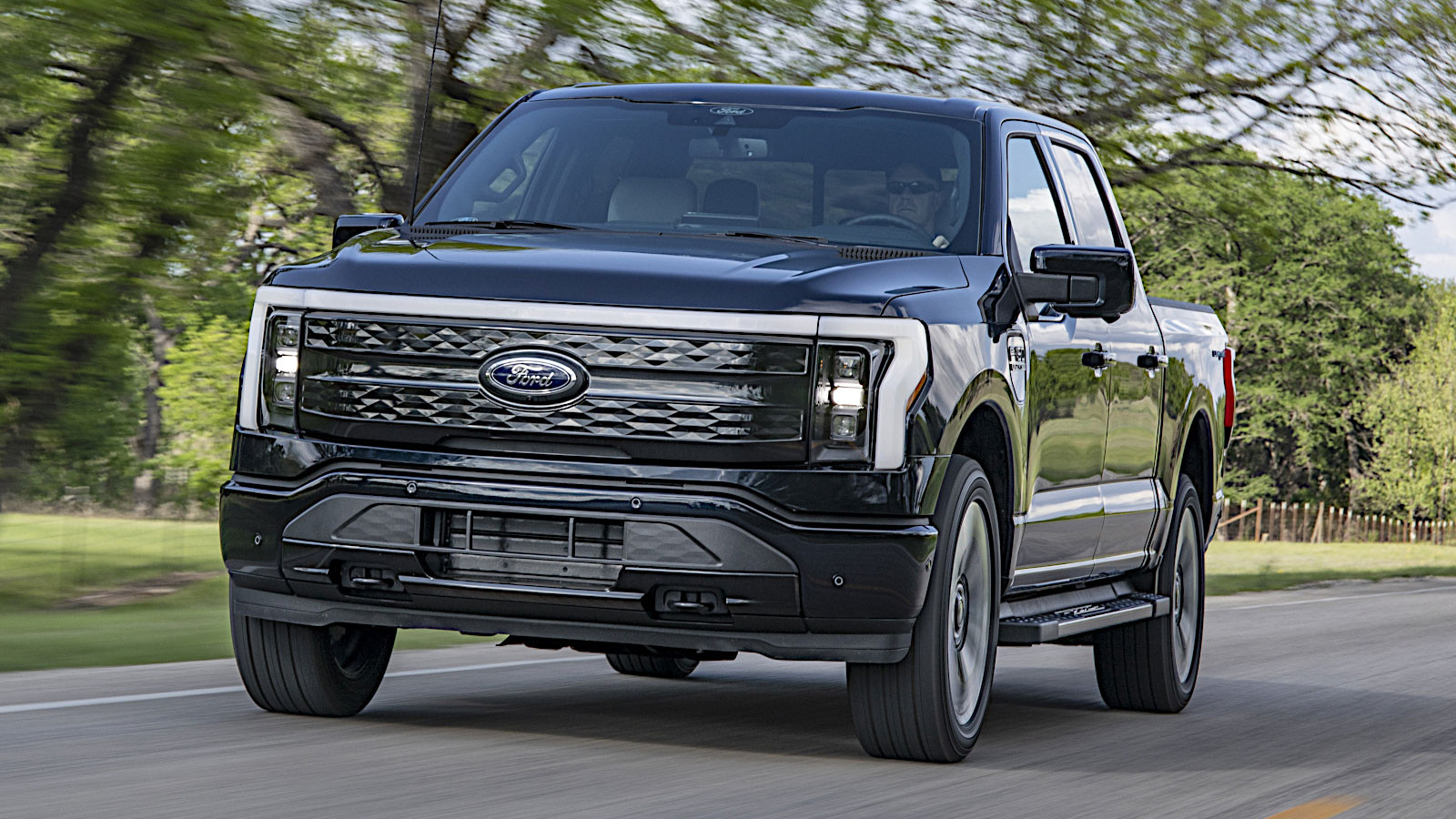 © Ford
© Ford -
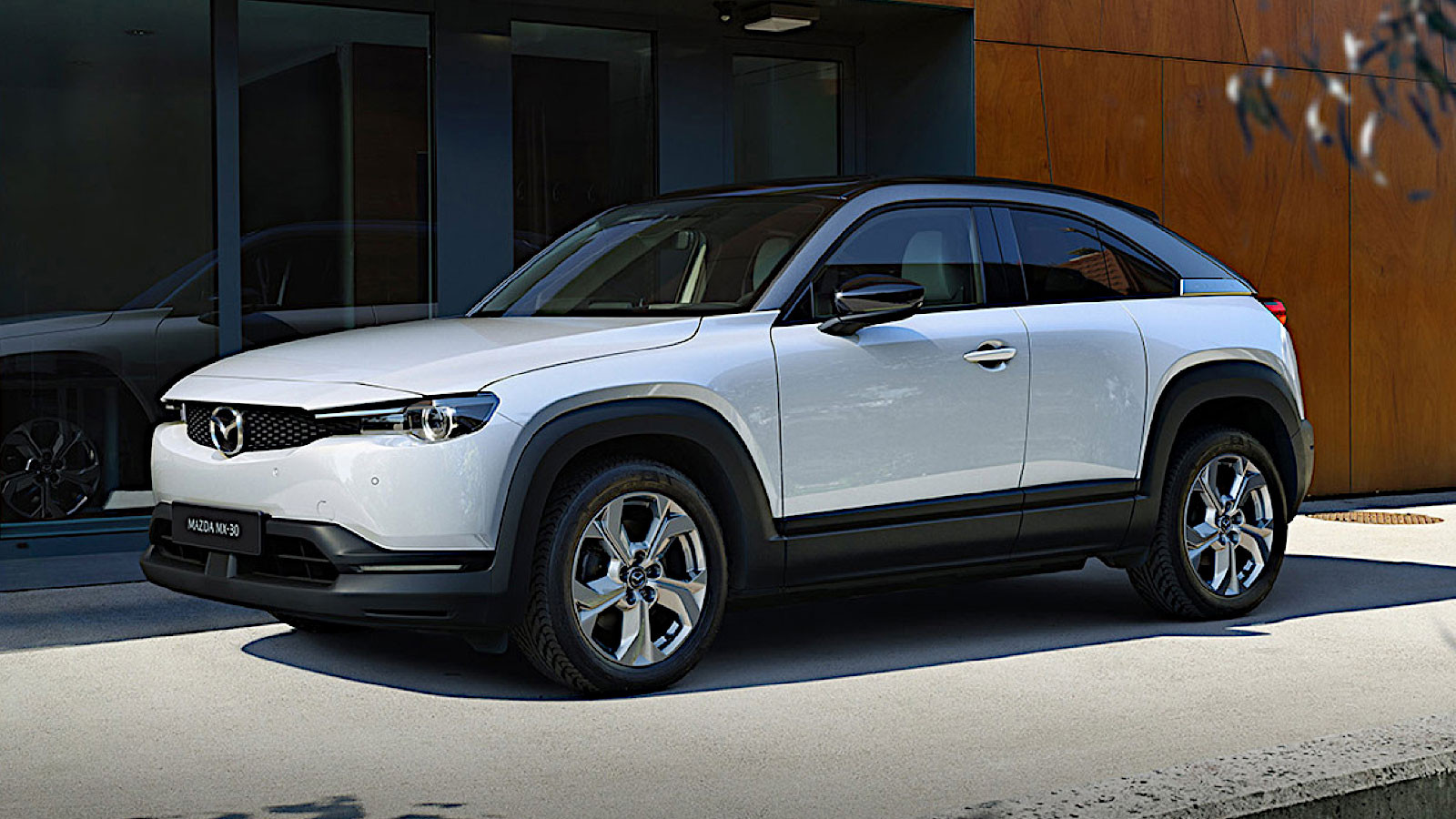 © Mazda
© Mazda -
 © MINI
© MINI -
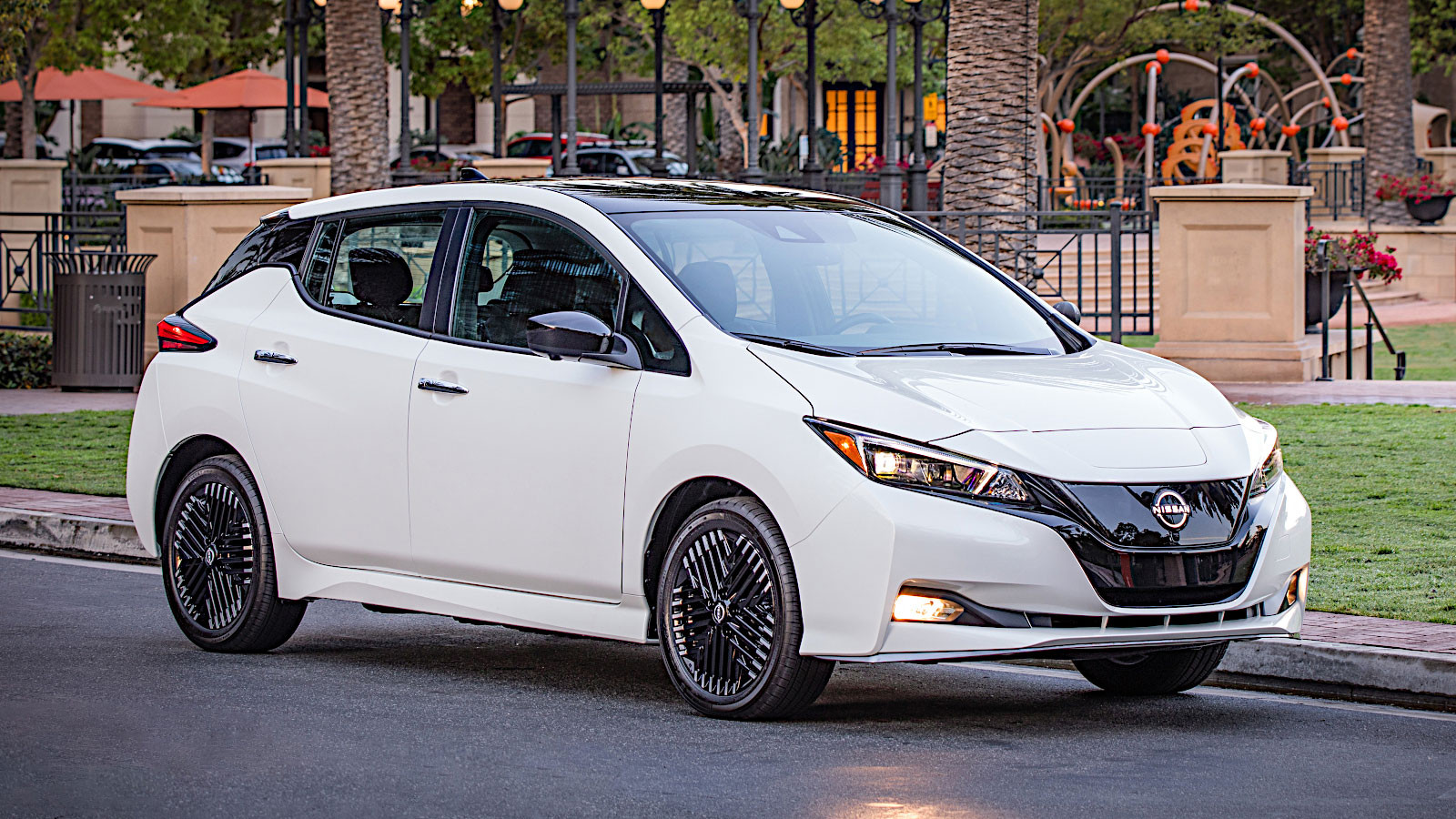 © Nissan
© Nissan -
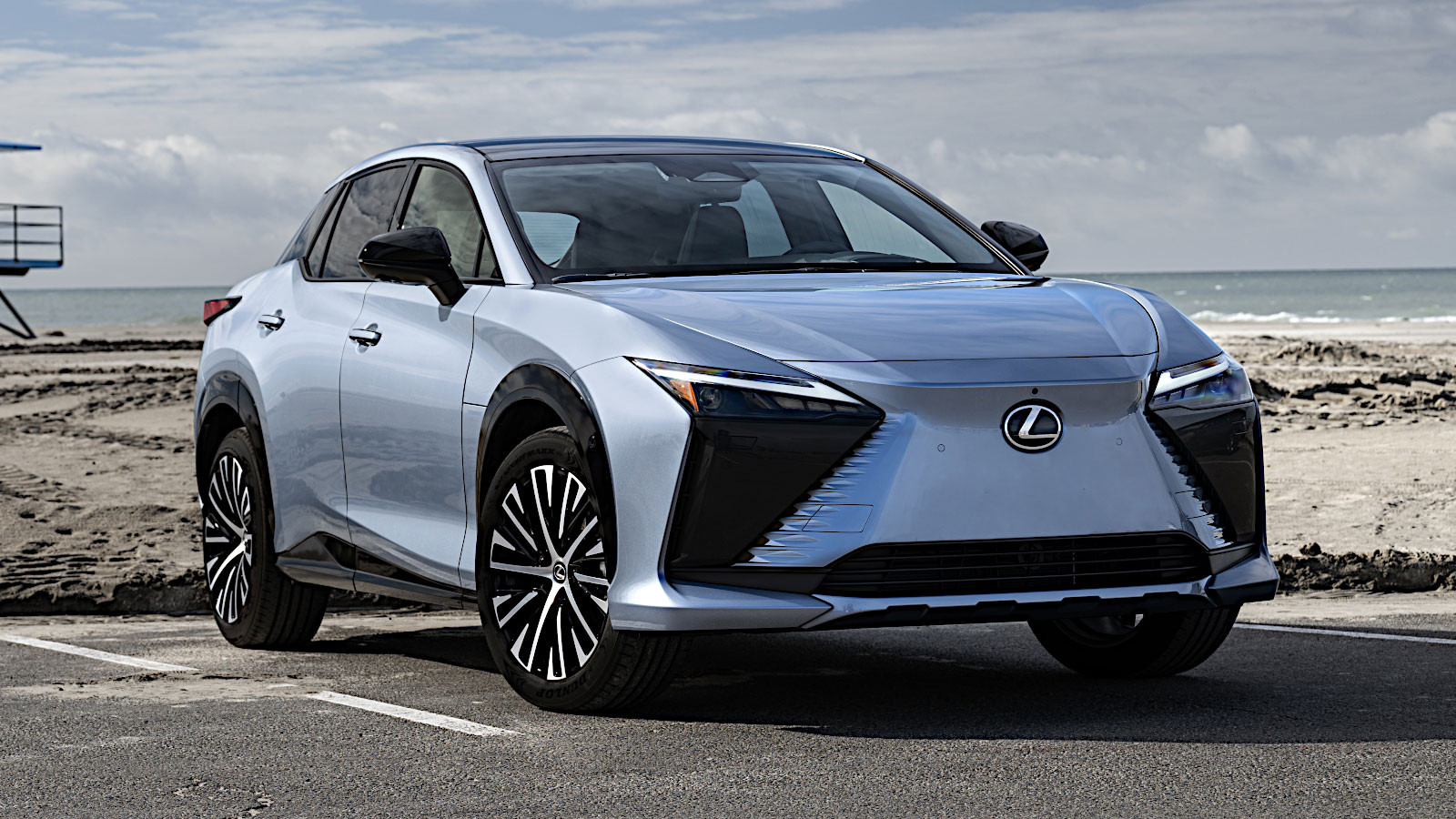 © Lexus
© Lexus -
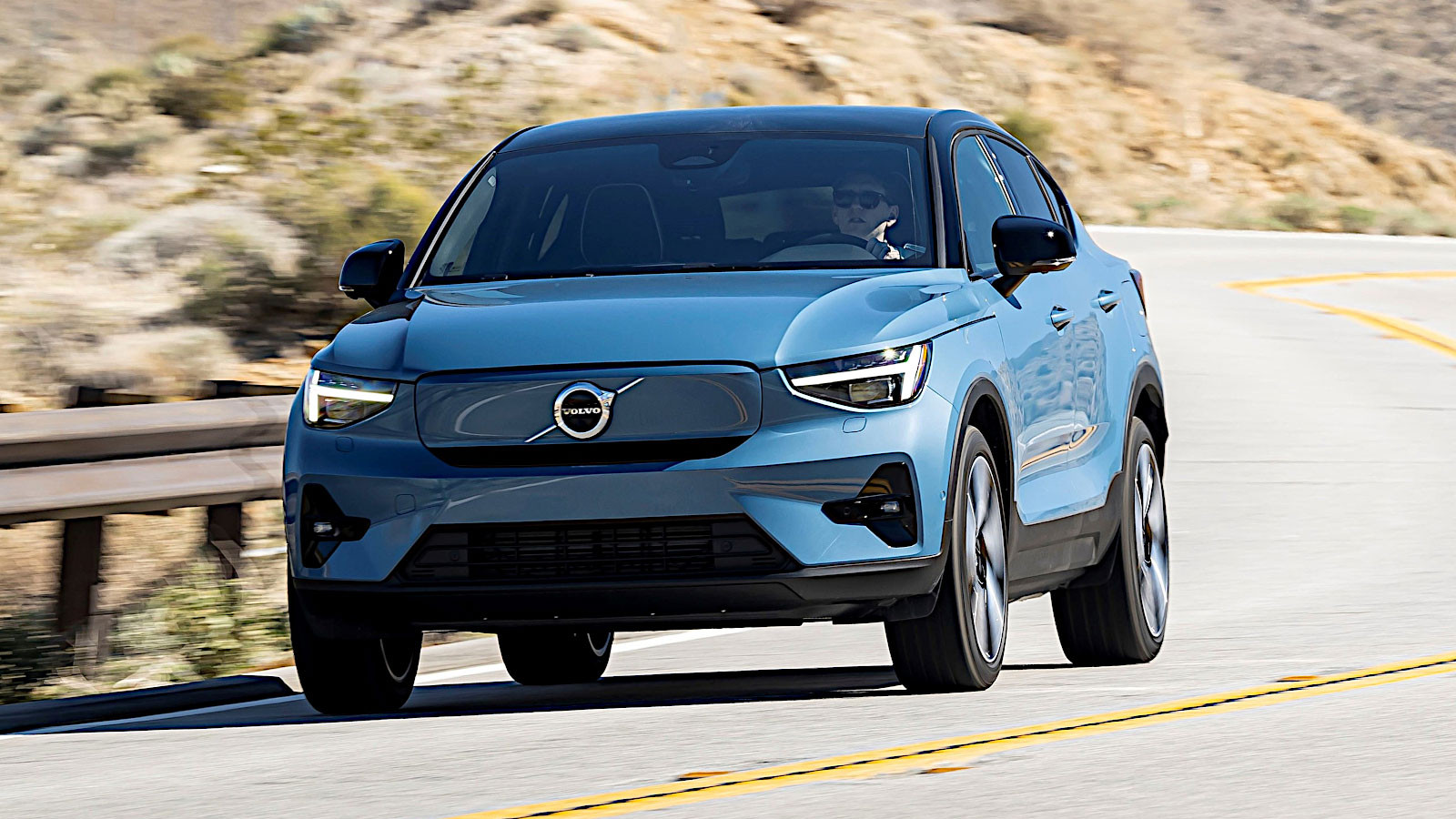 © Volvo
© Volvo -
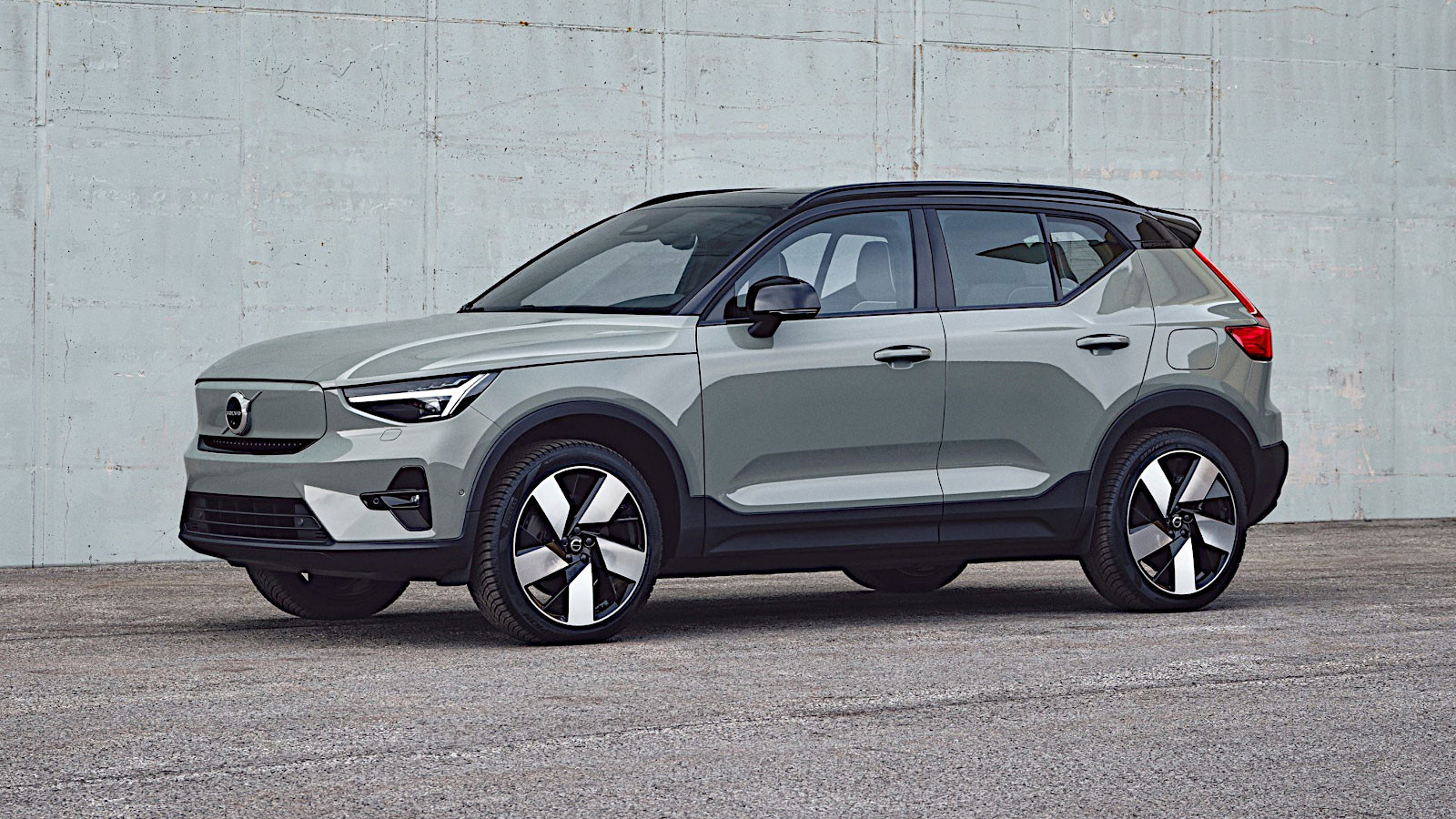 © Volvo
© Volvo -
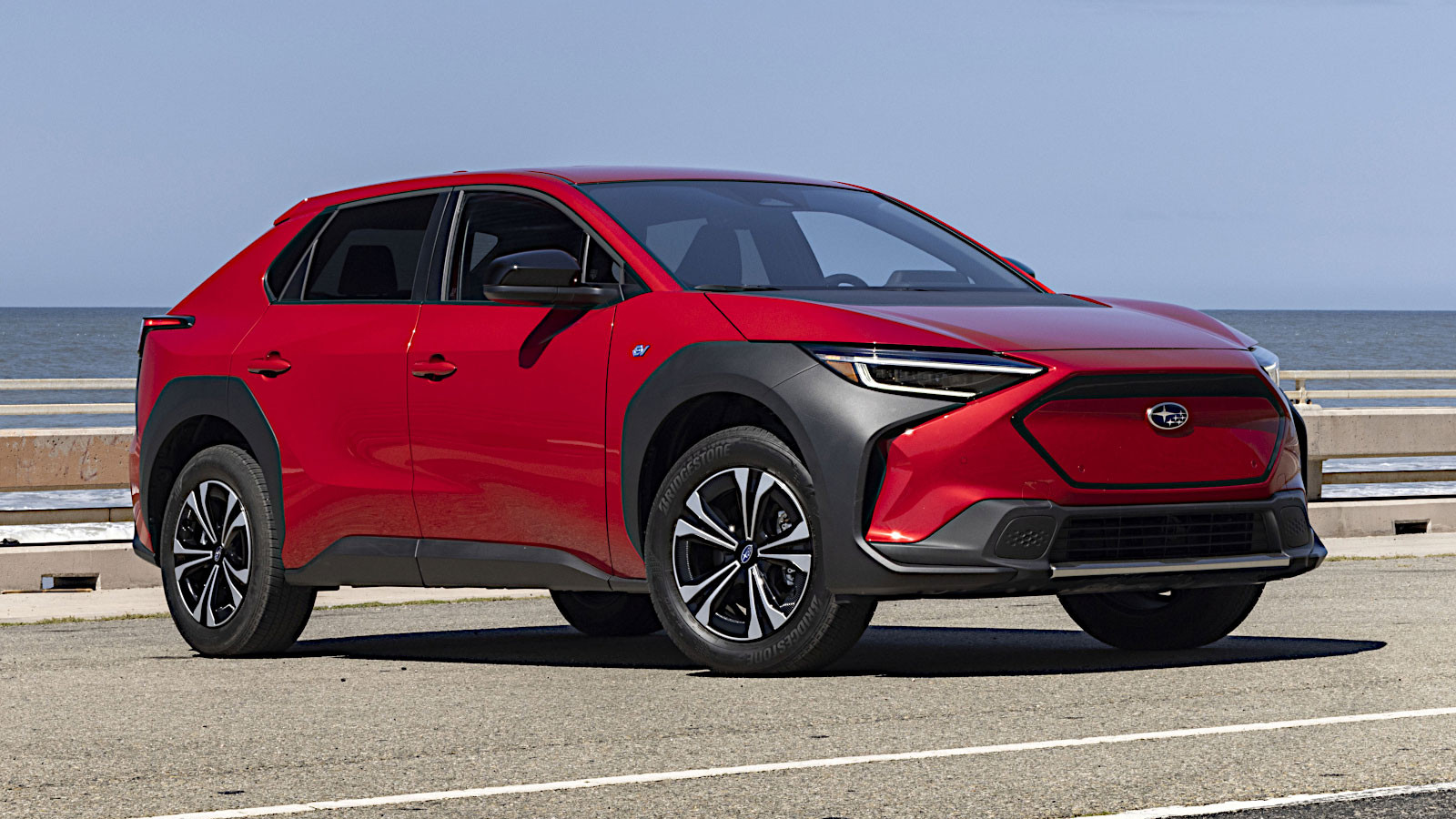 © Subaru
© Subaru -
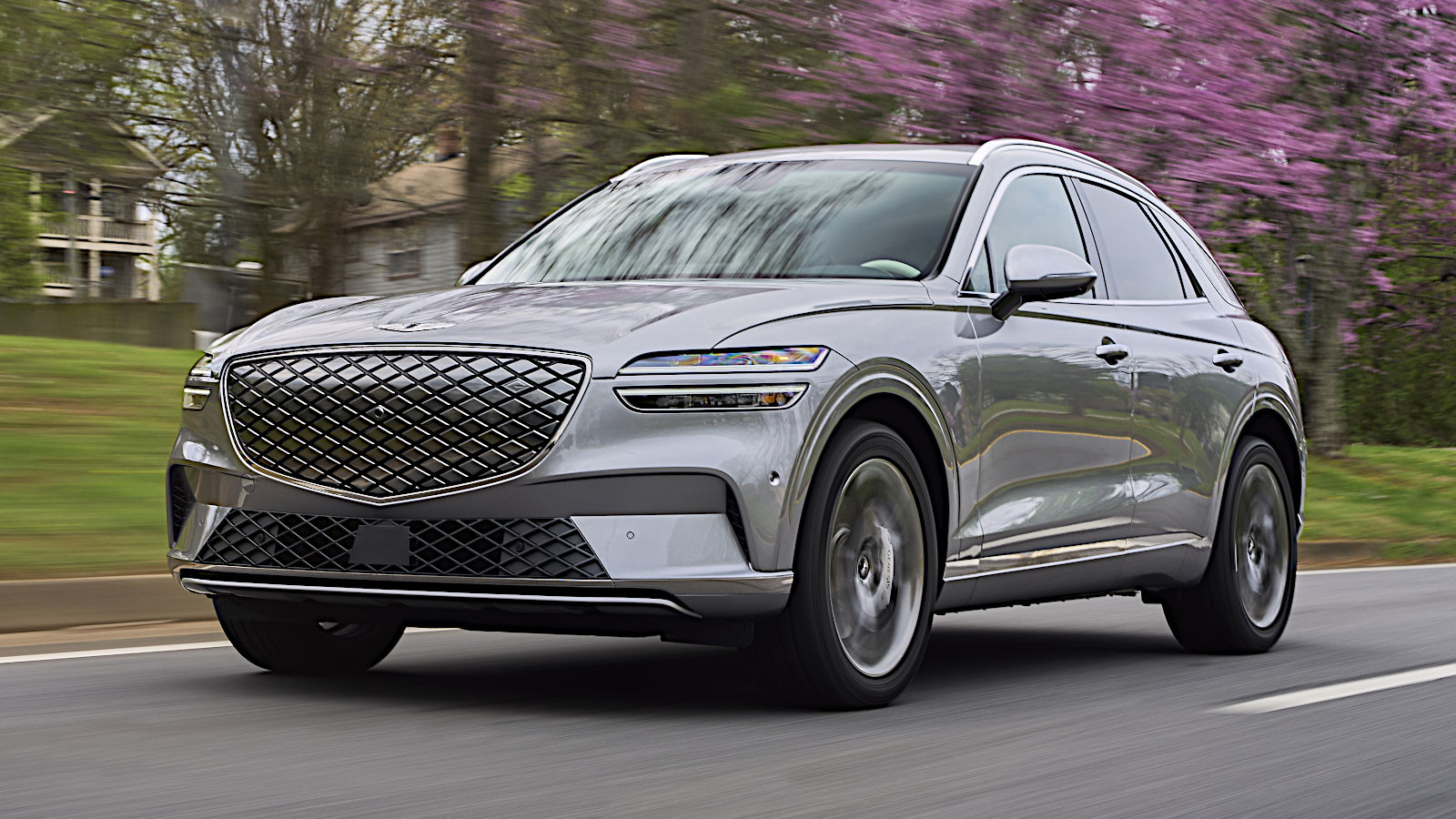 © Genesis
© Genesis -
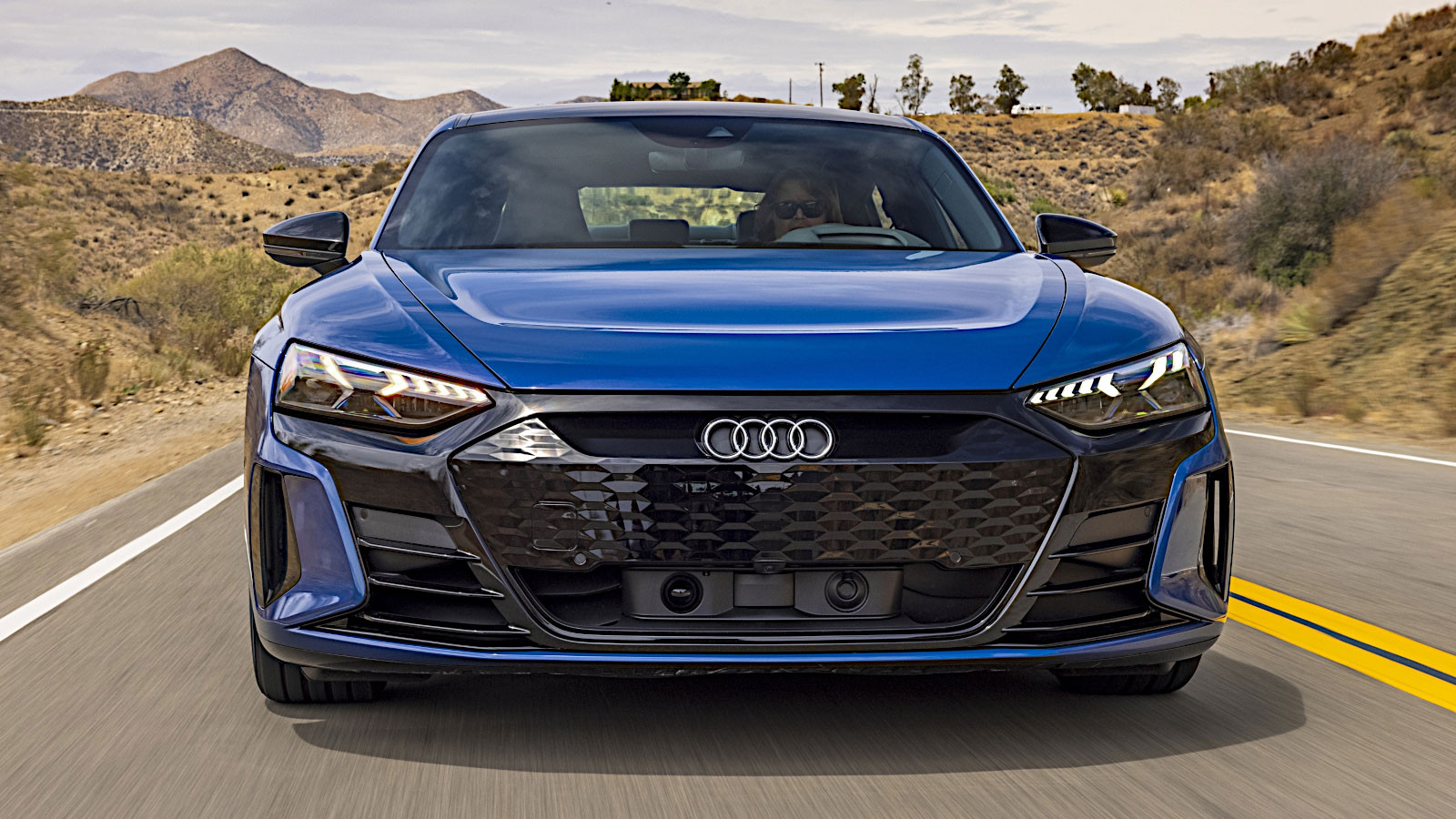 © Audi
© Audi -
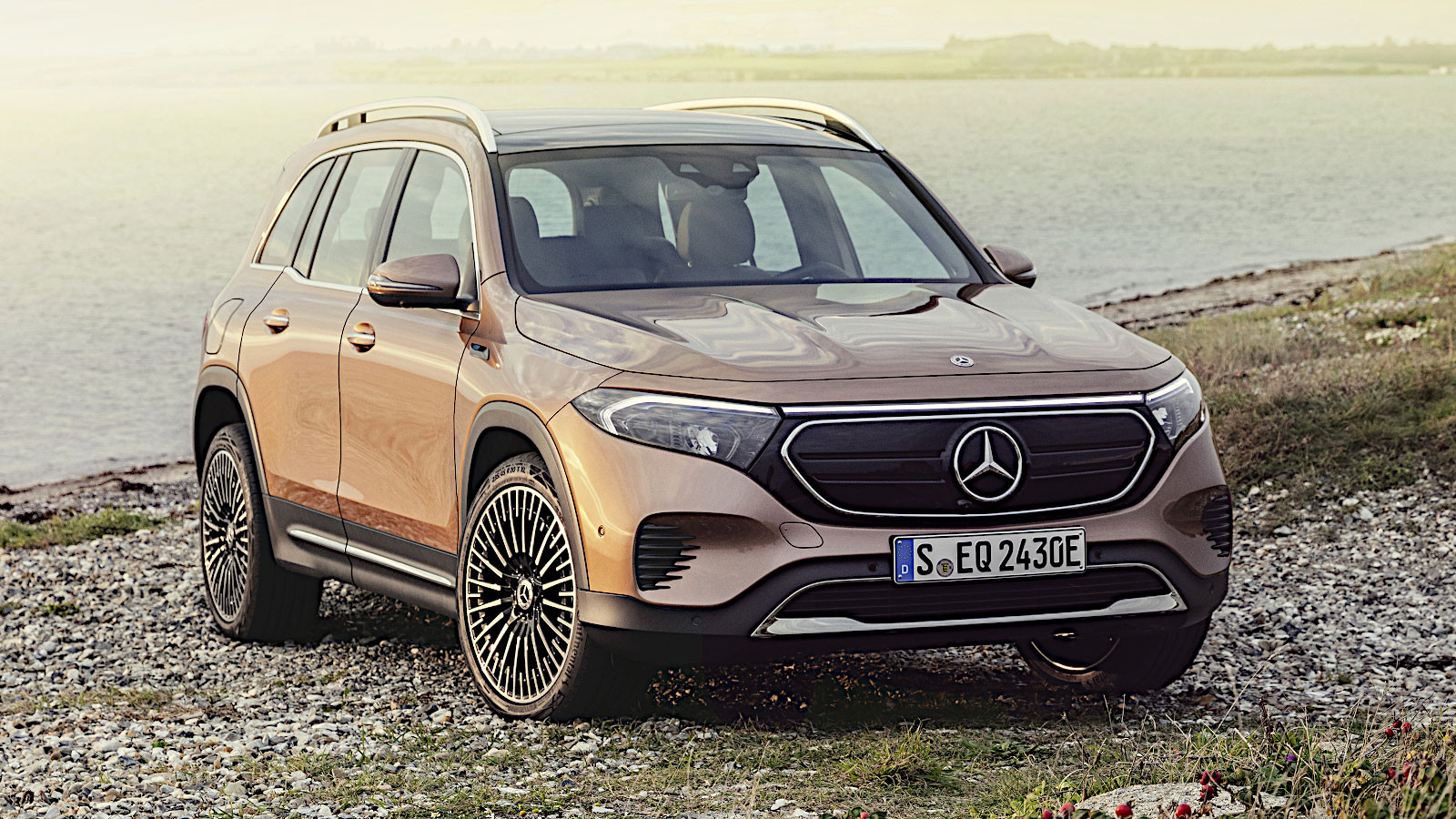 © Daimler
© Daimler -
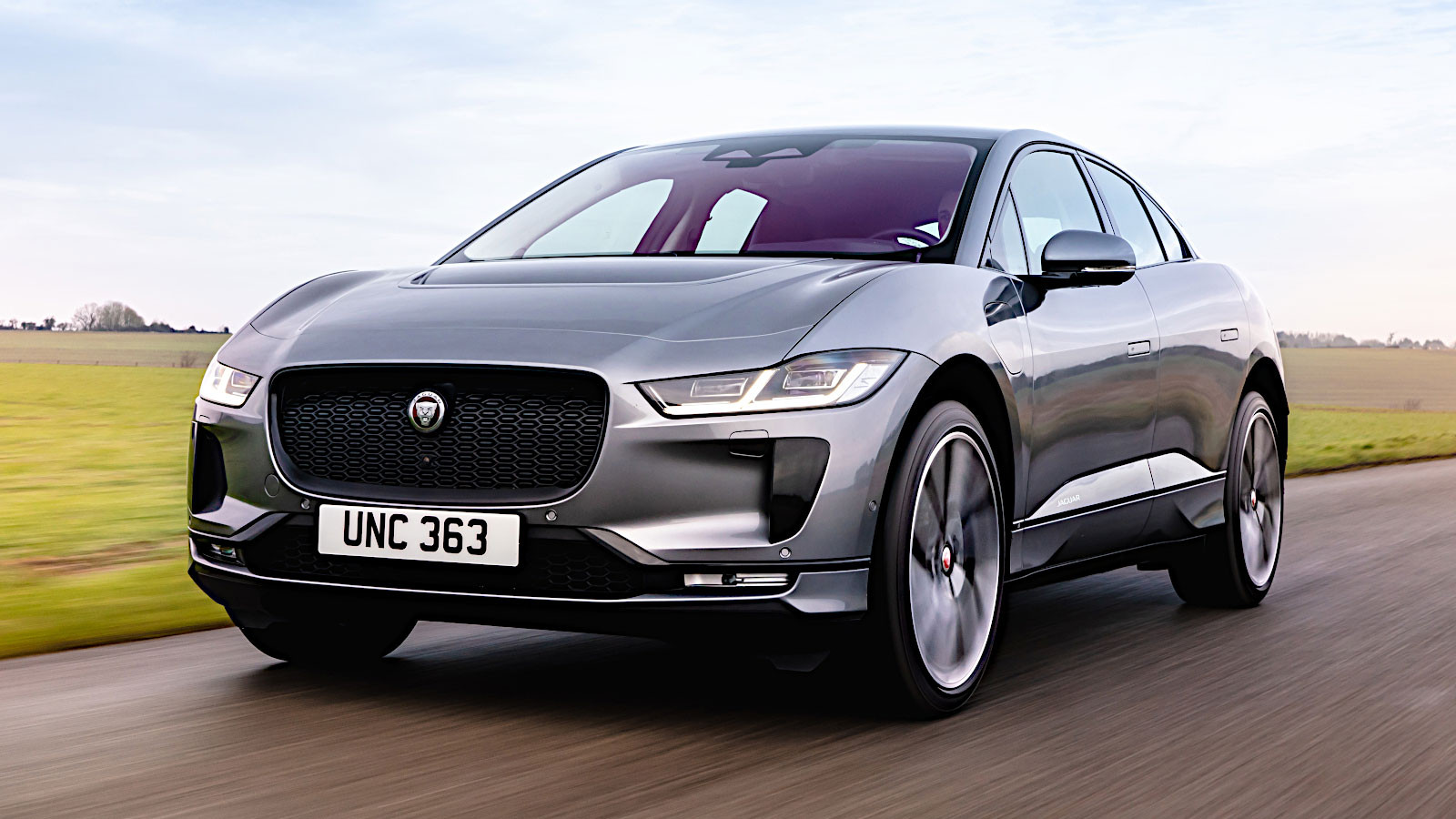 © Jaguar
© Jaguar -
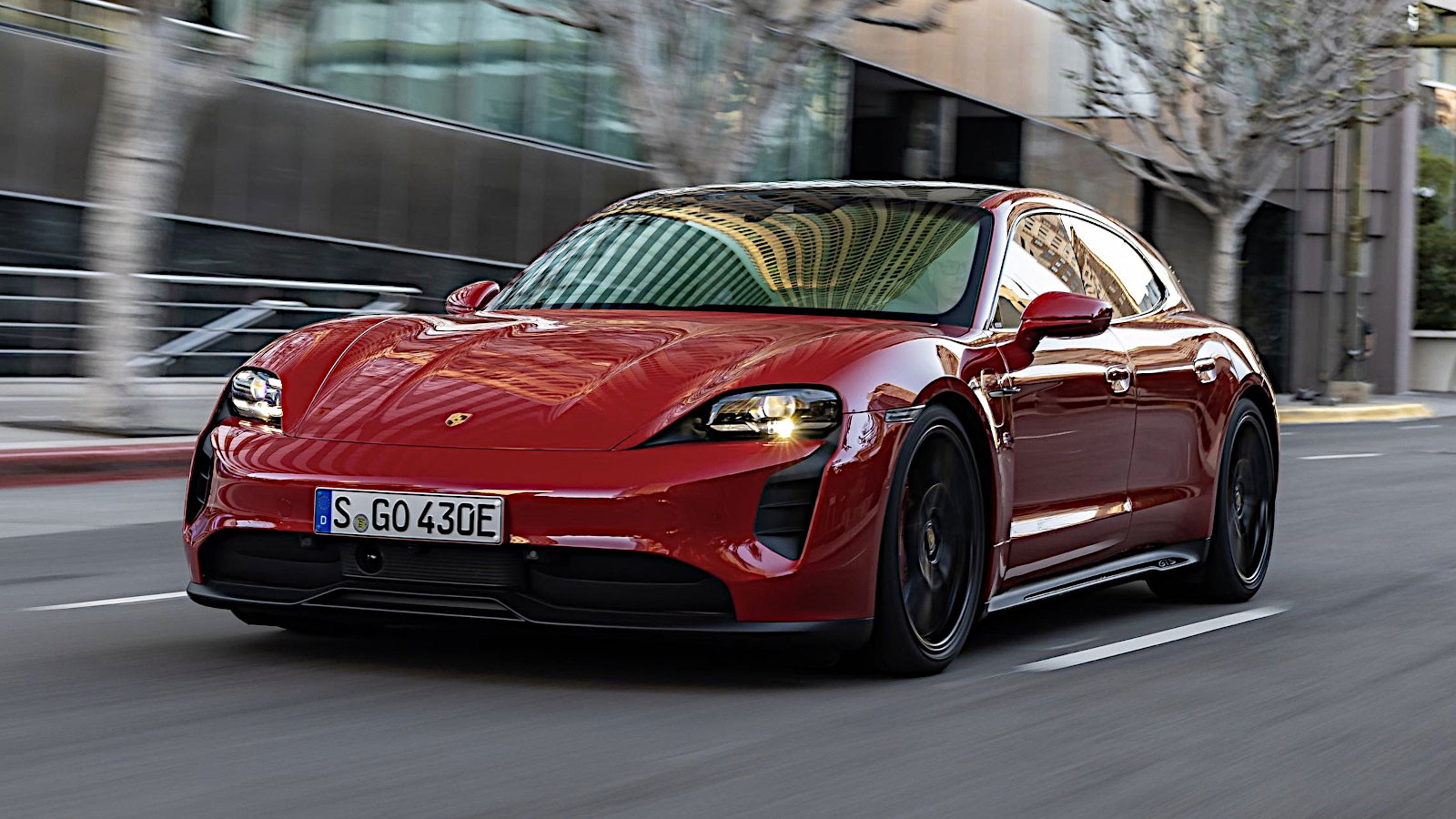 © Porsche
© Porsche -
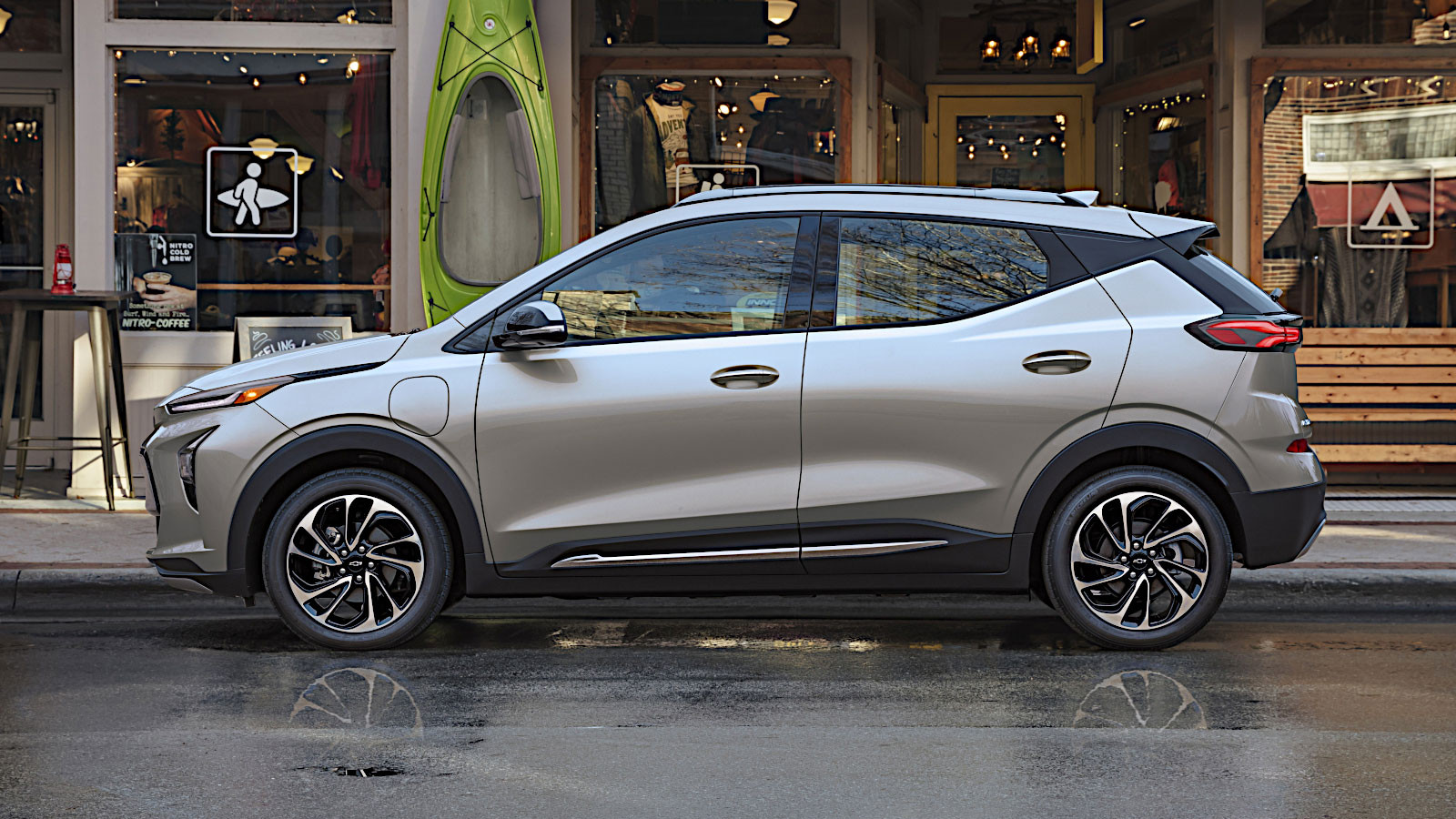 © GM
© GM -
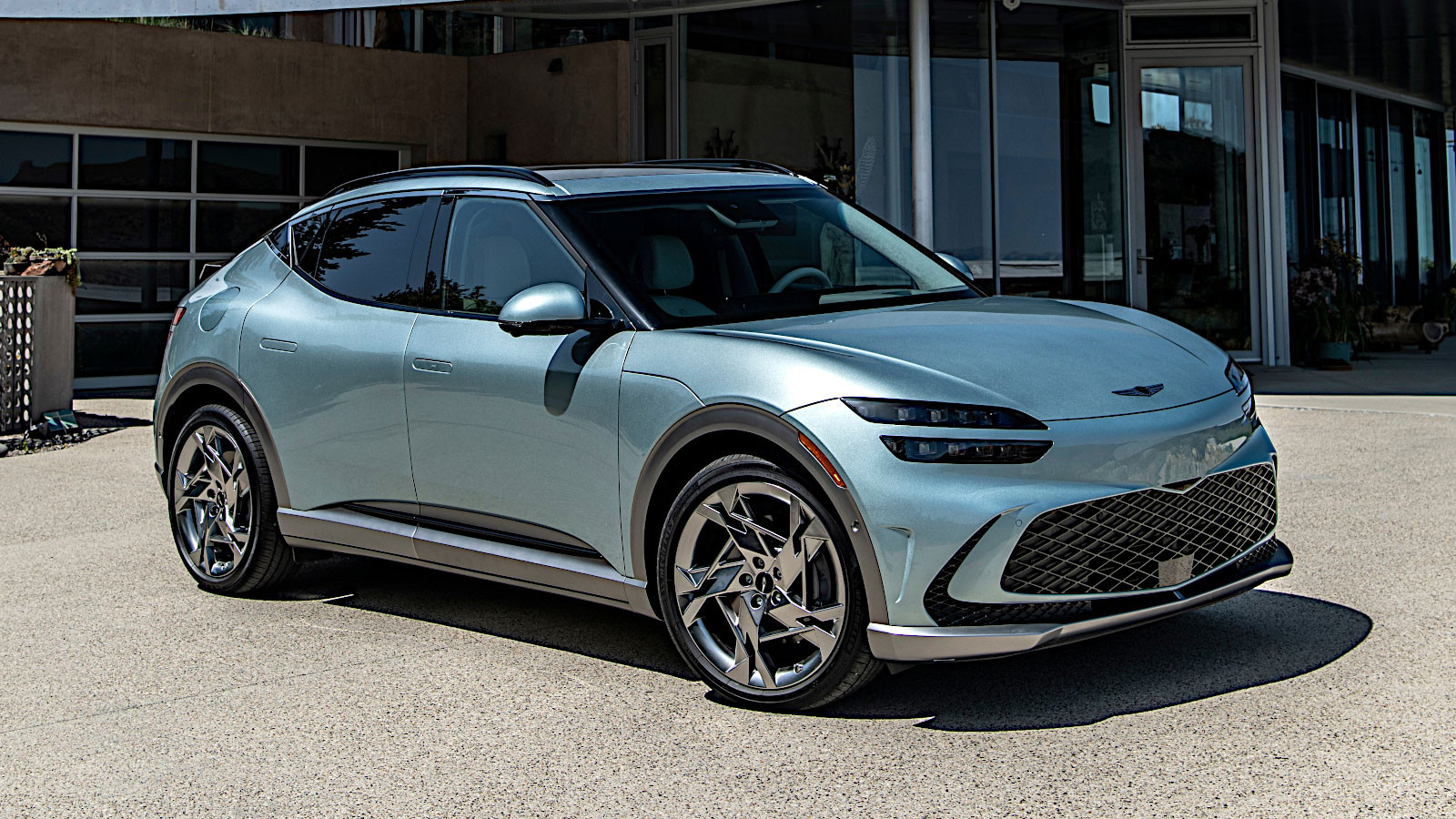 © Genesis
© Genesis -
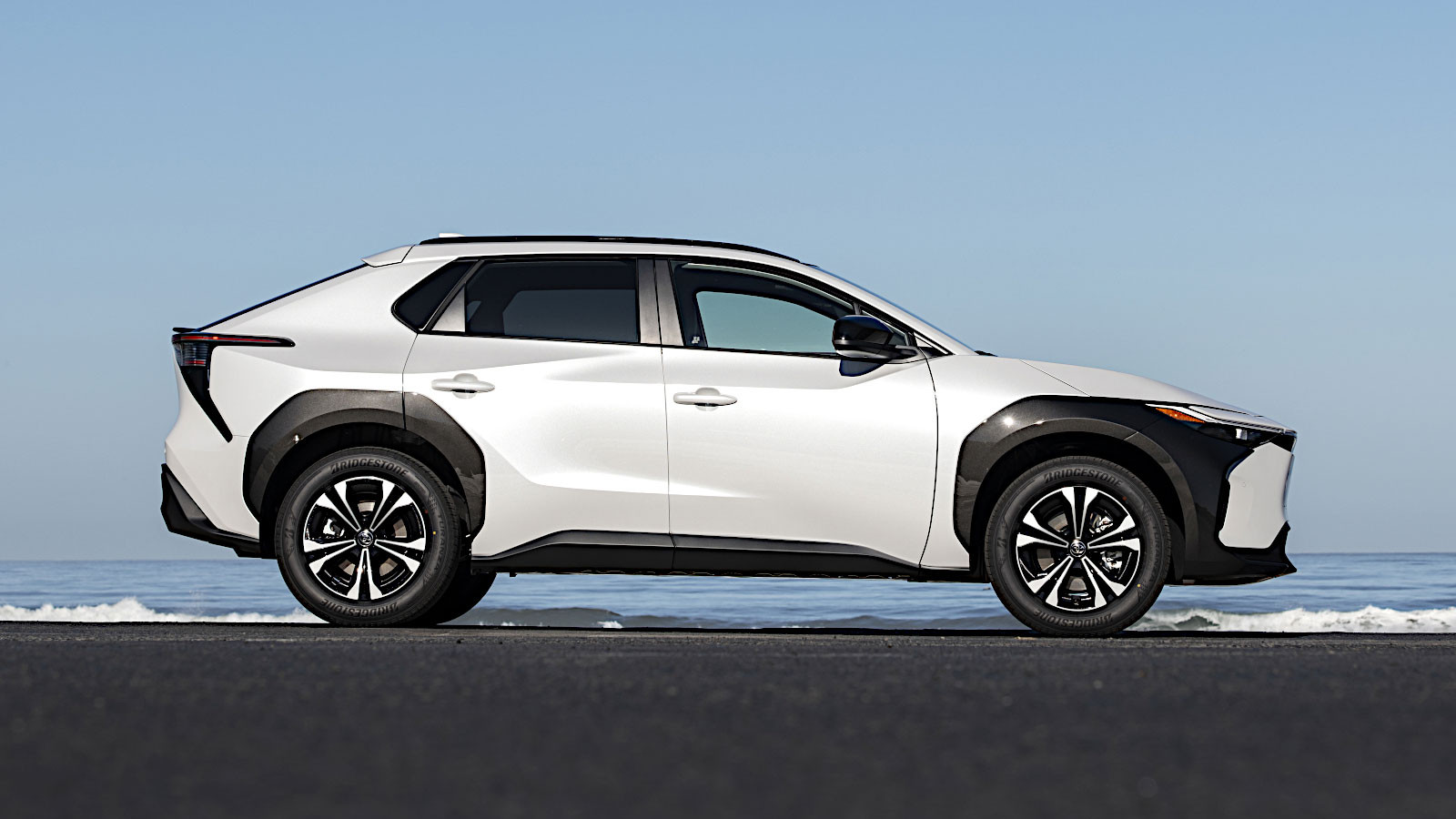 © Toyota bZ4X
© Toyota bZ4X -
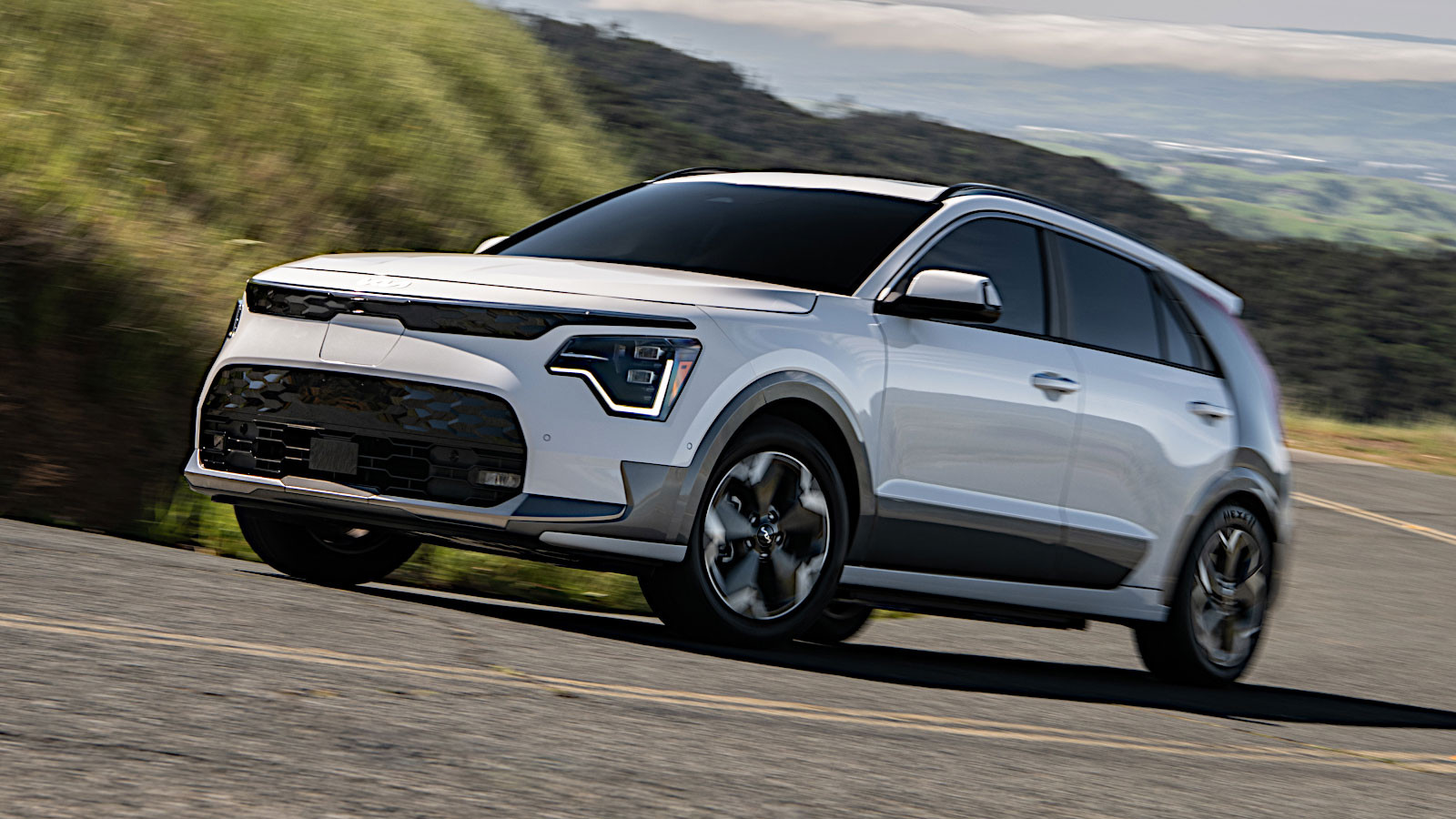 © Kia
© Kia -
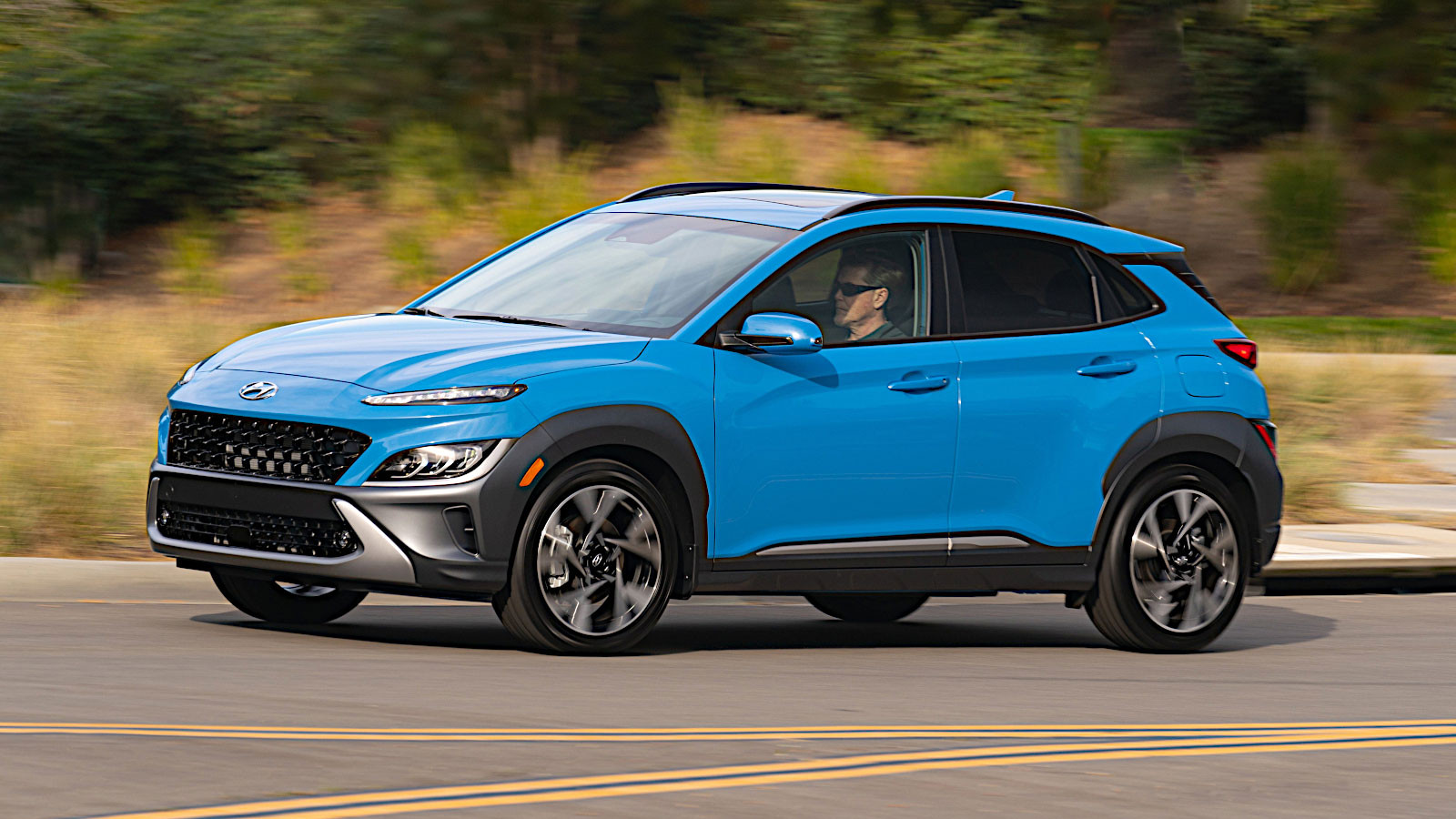 © Hyundai
© Hyundai -
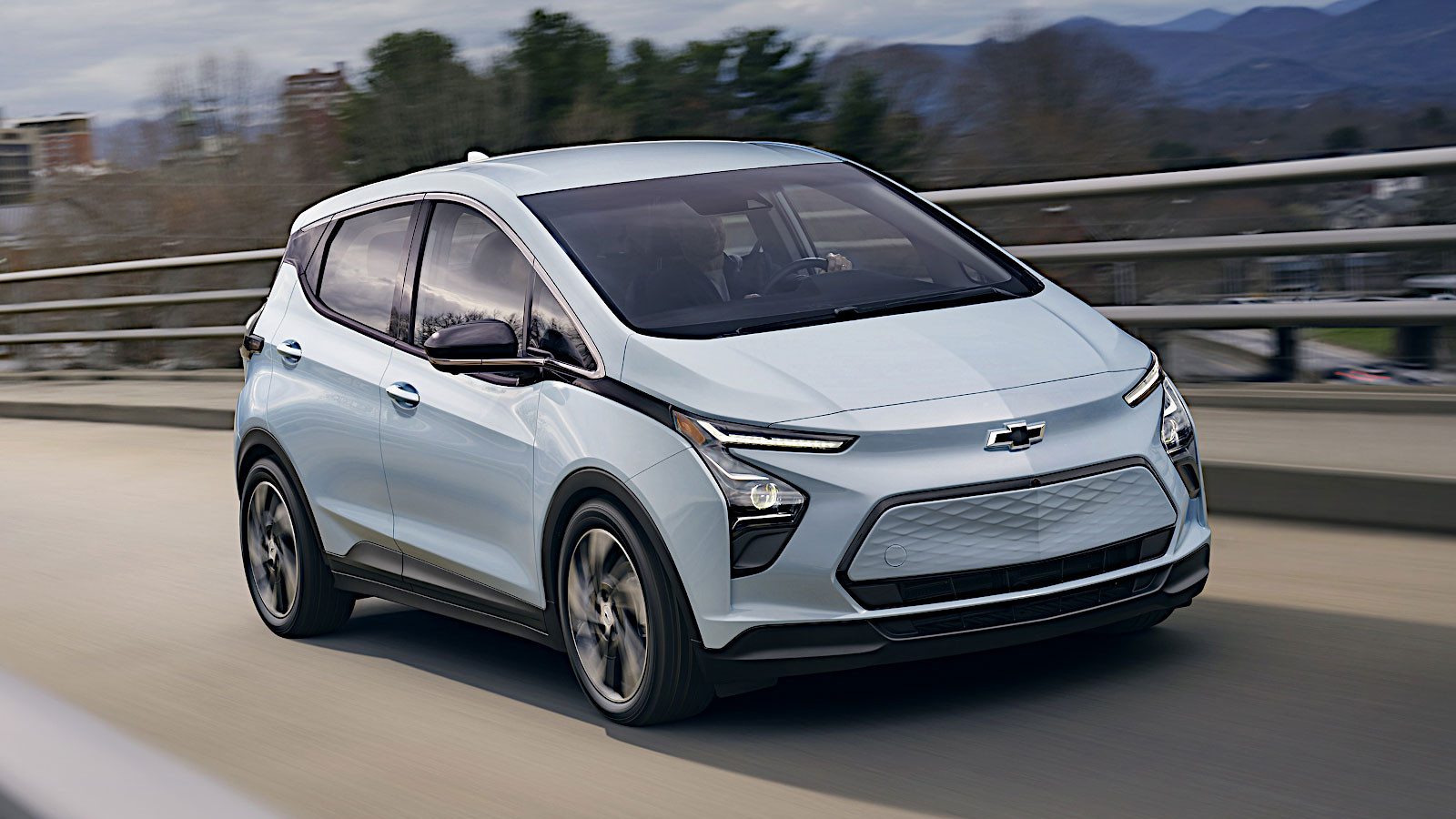 © GM
© GM -
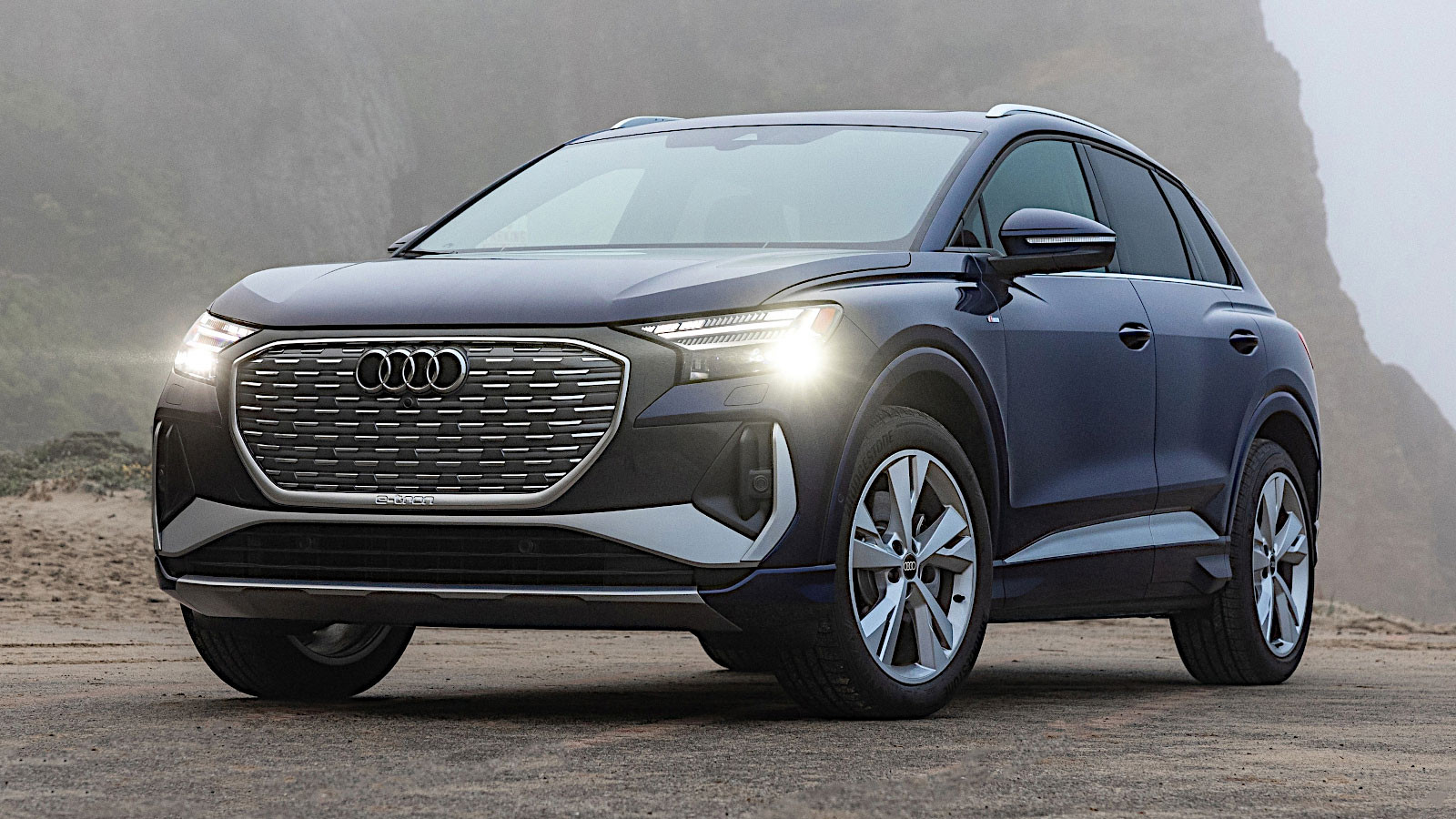 © Audi
© Audi -
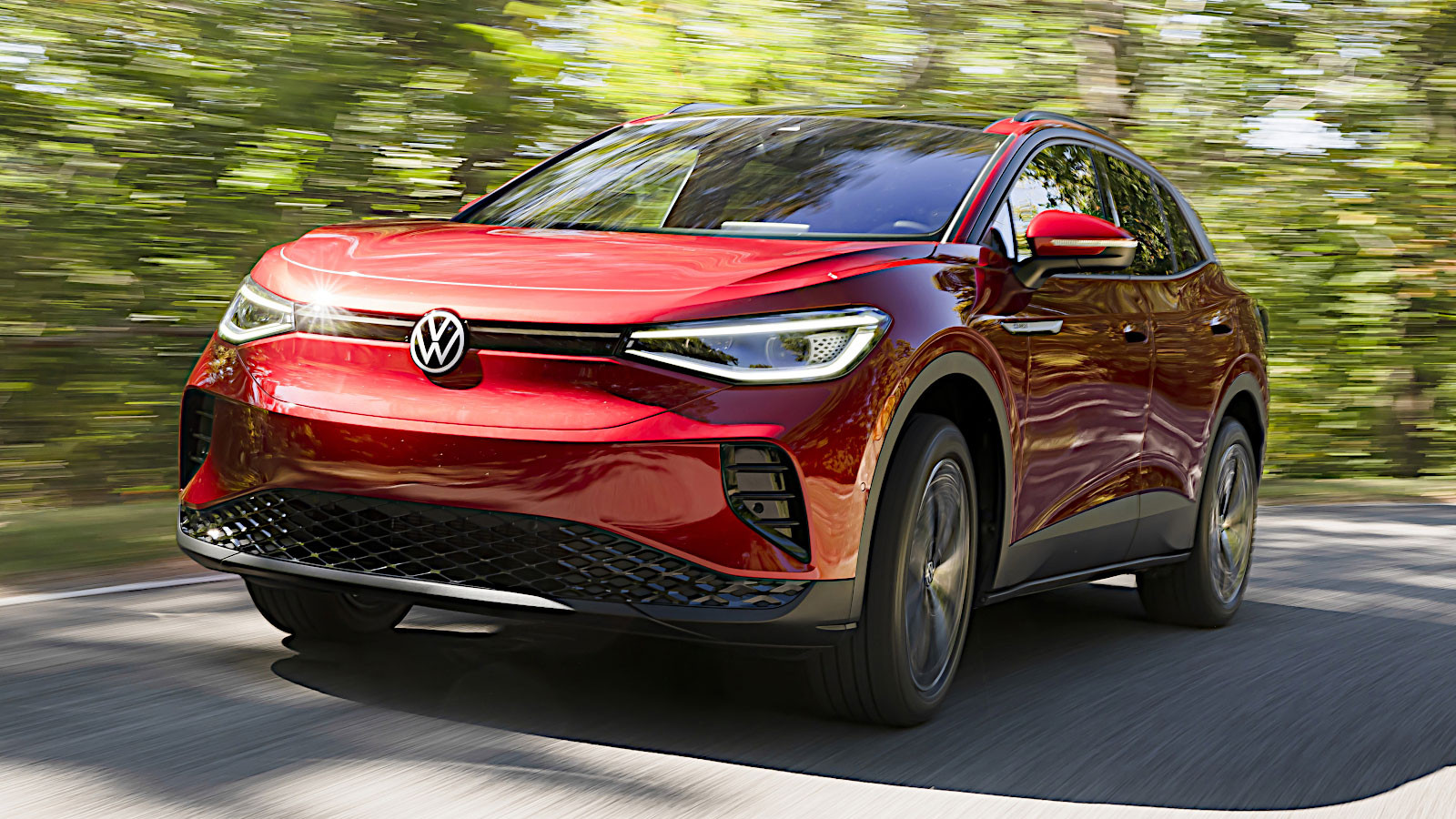 © Volkswagen
© Volkswagen -
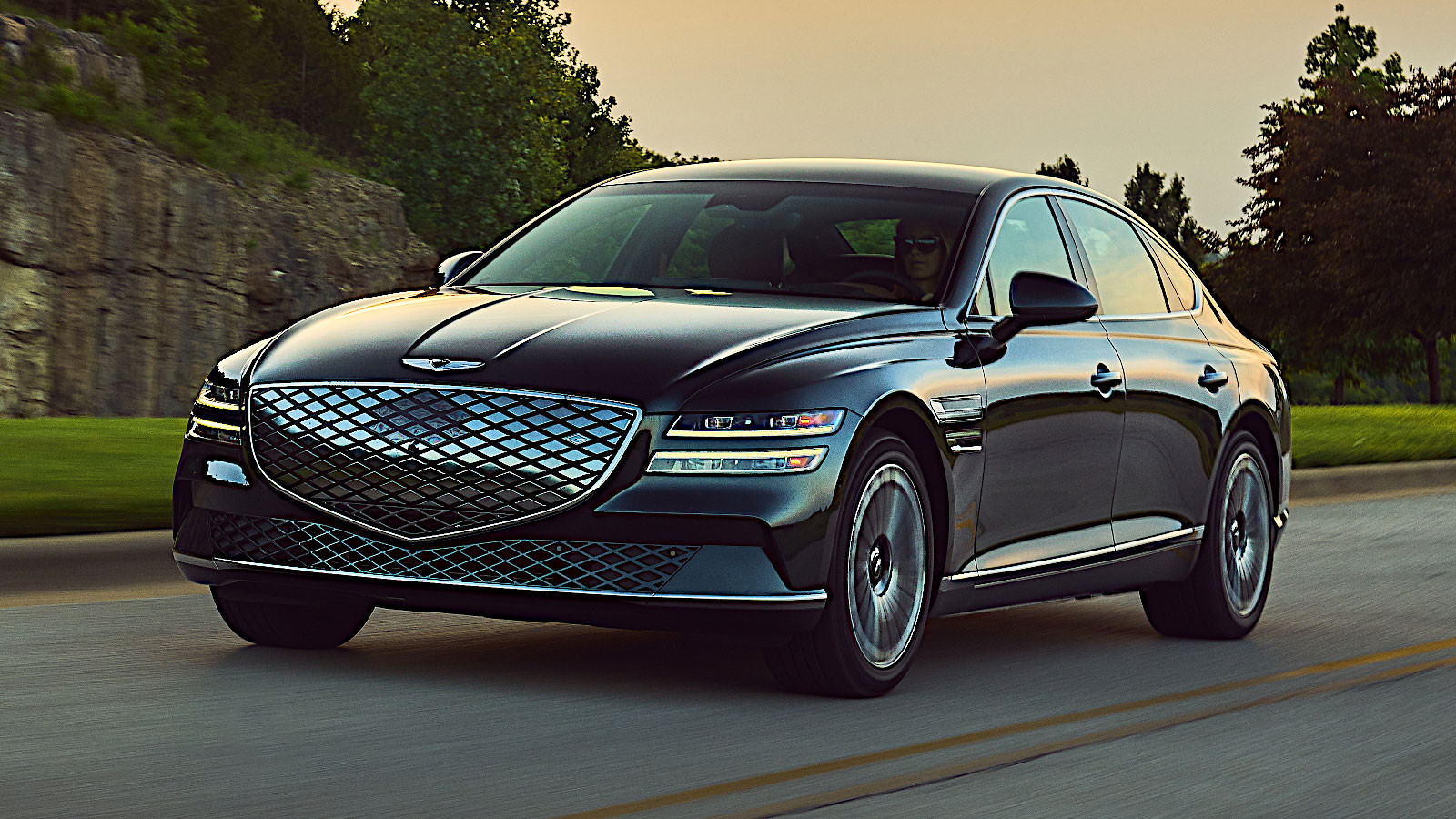 © Genesis
© Genesis -
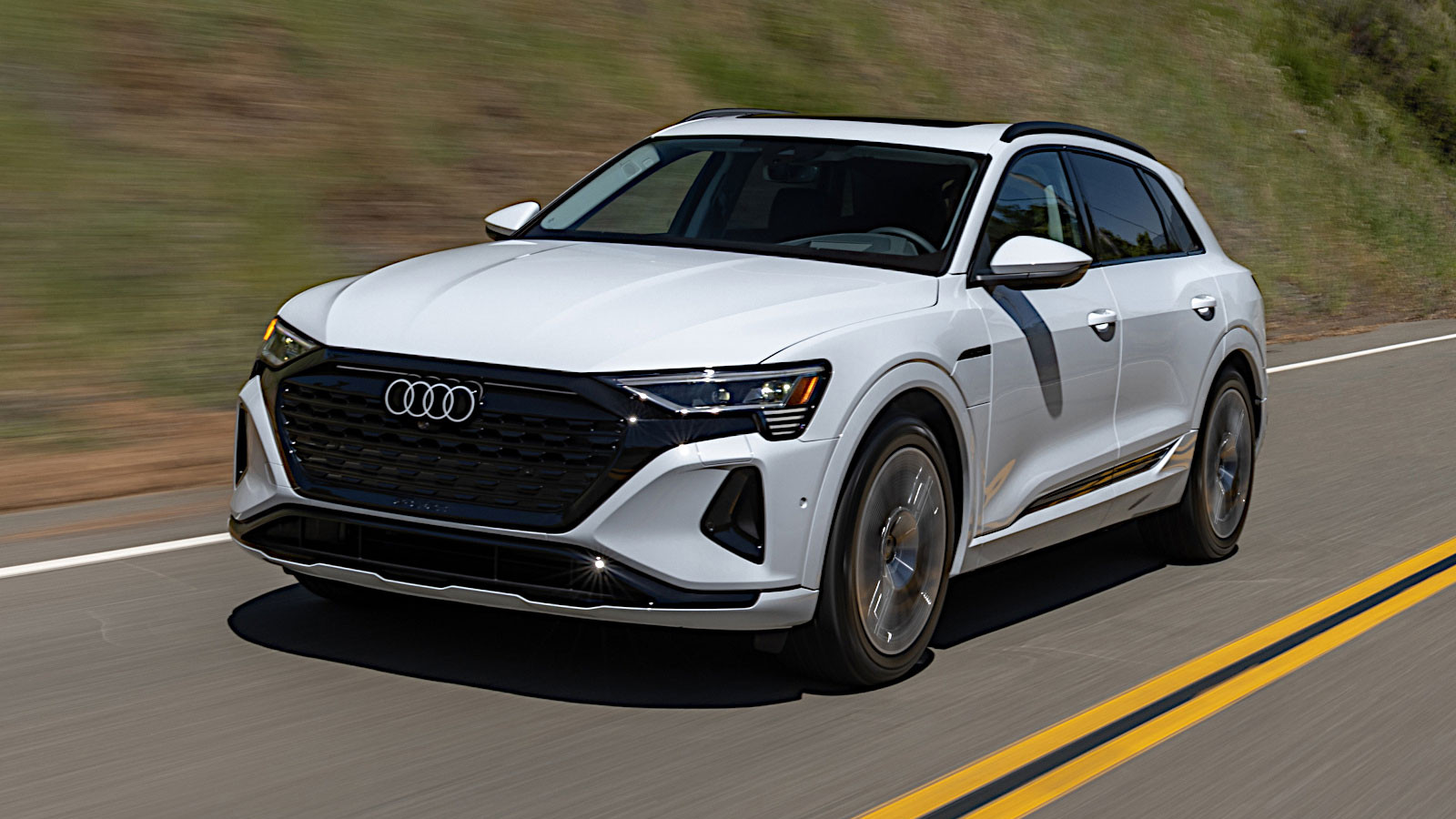 © Audi
© Audi -
 ©
© -
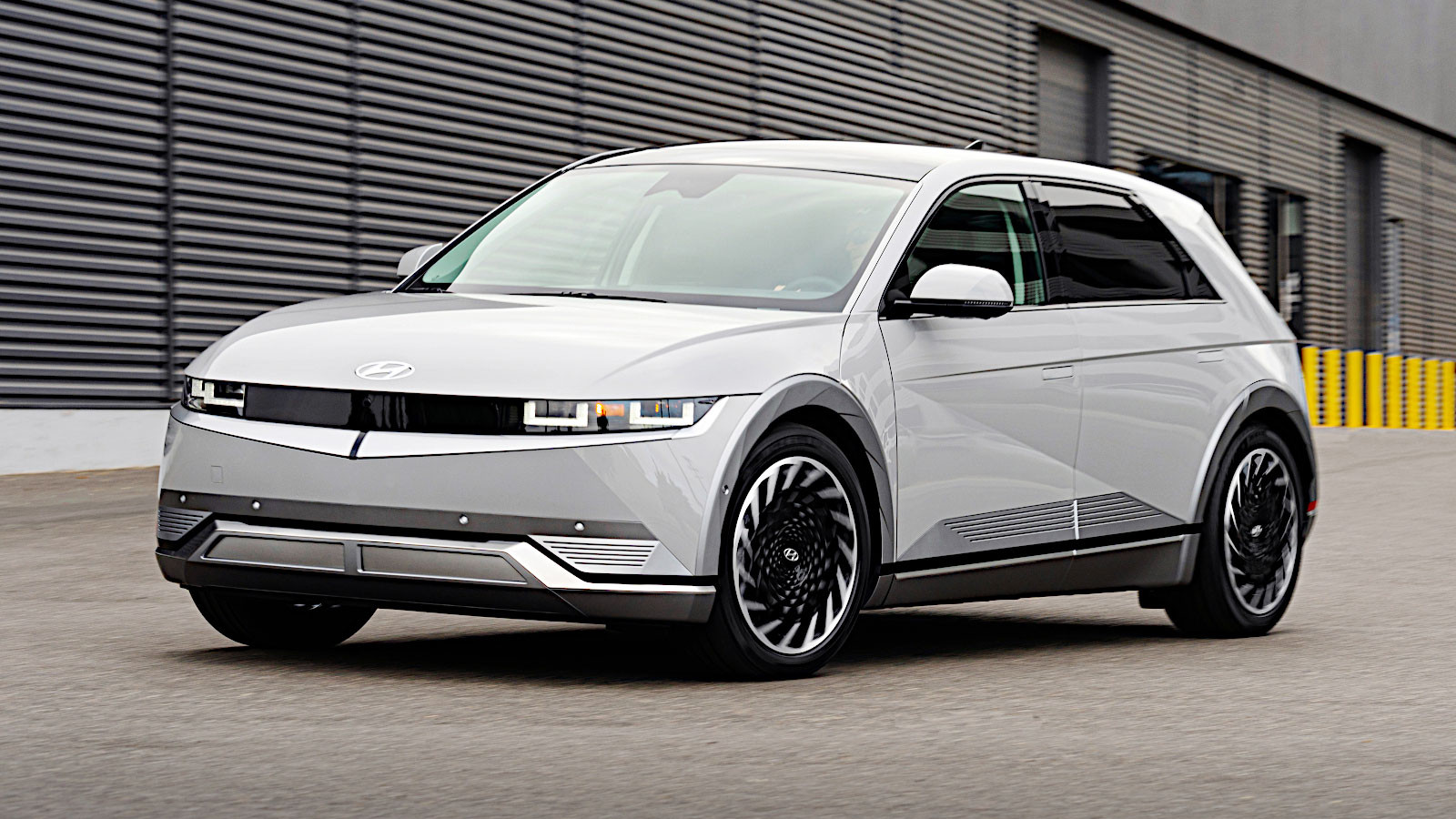 © Hyundai
© Hyundai -
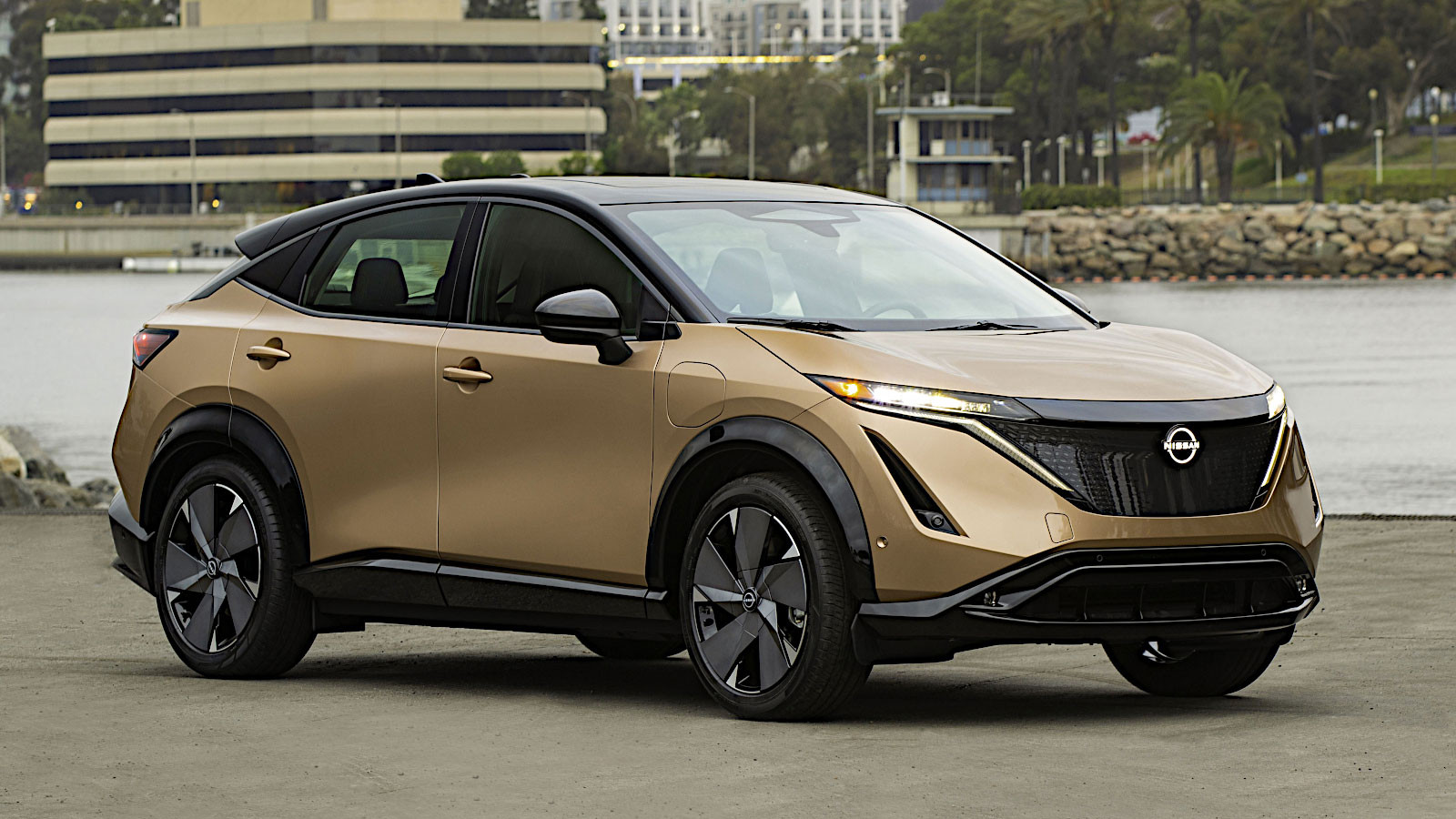 © Nissan
© Nissan -
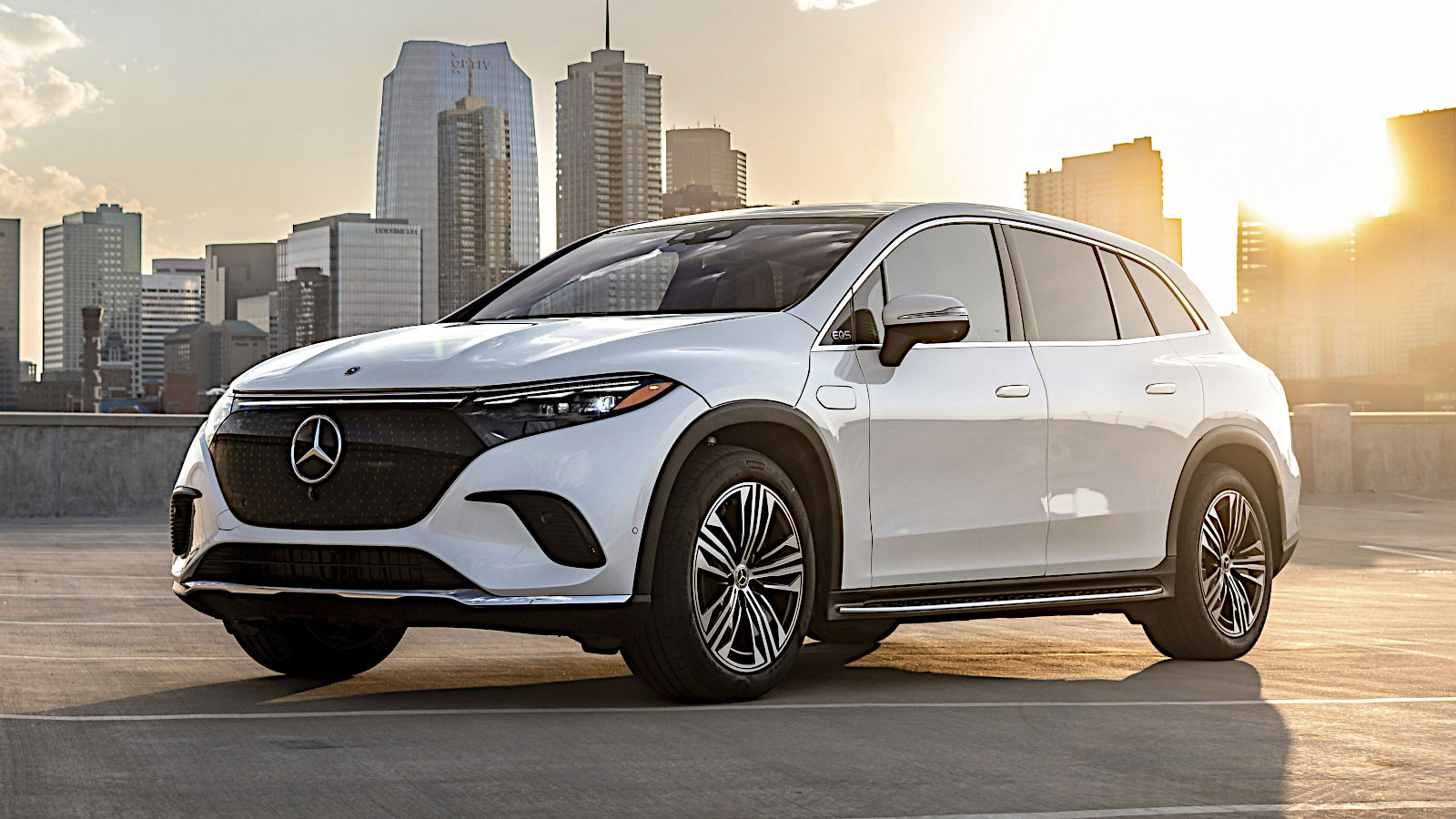 © Daimler
© Daimler -
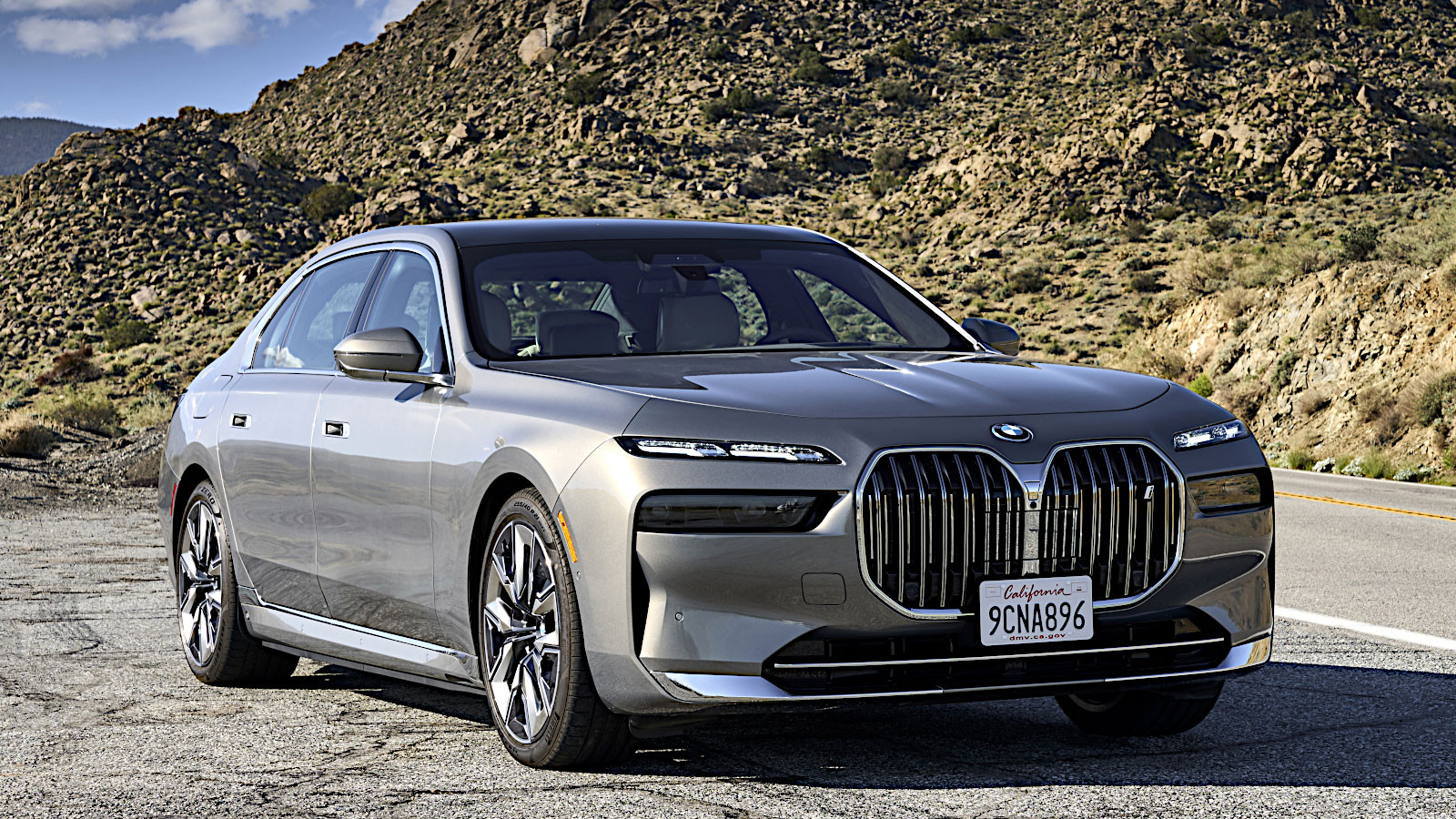 © BMW
© BMW -
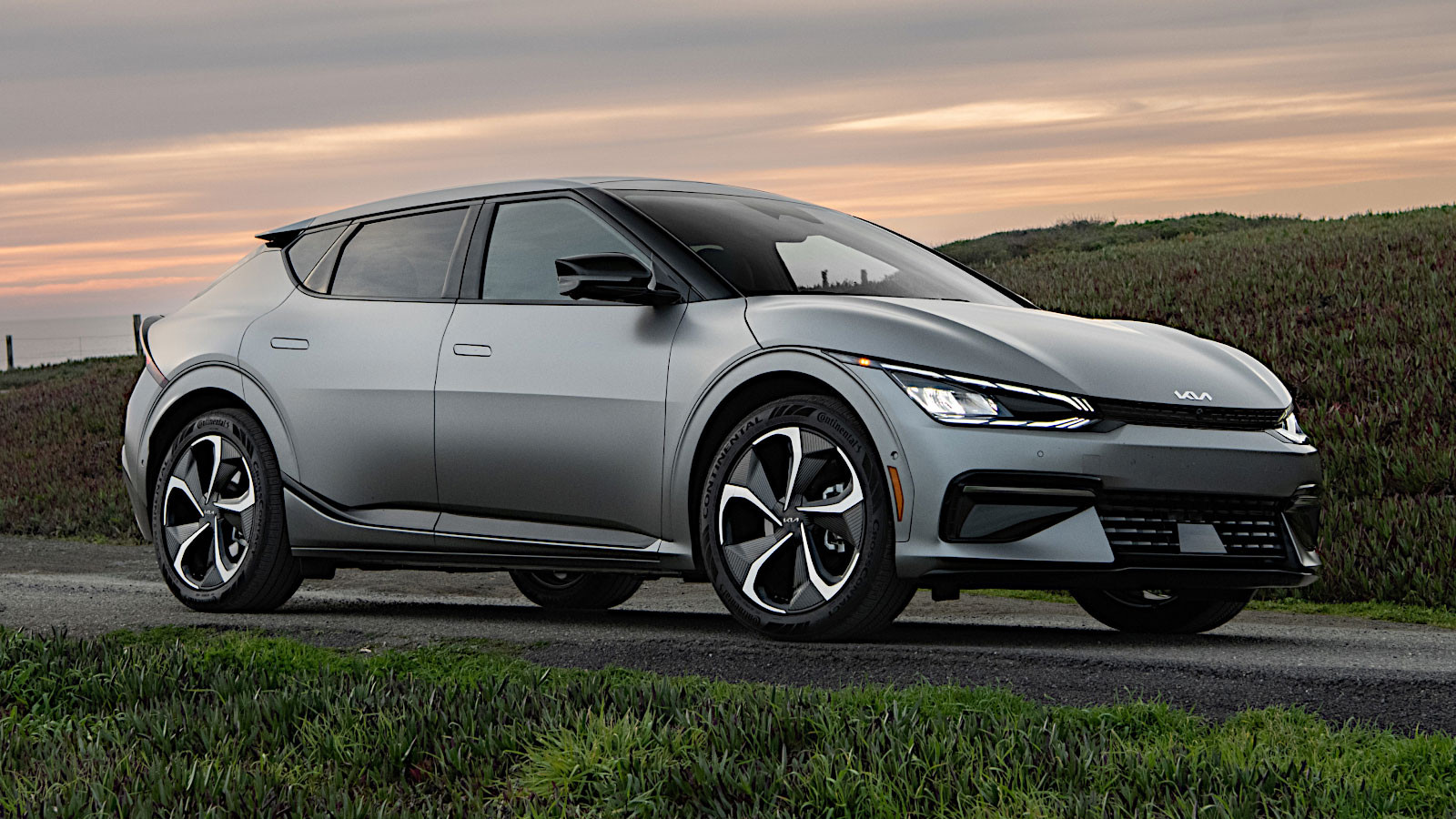 © Kia
© Kia -
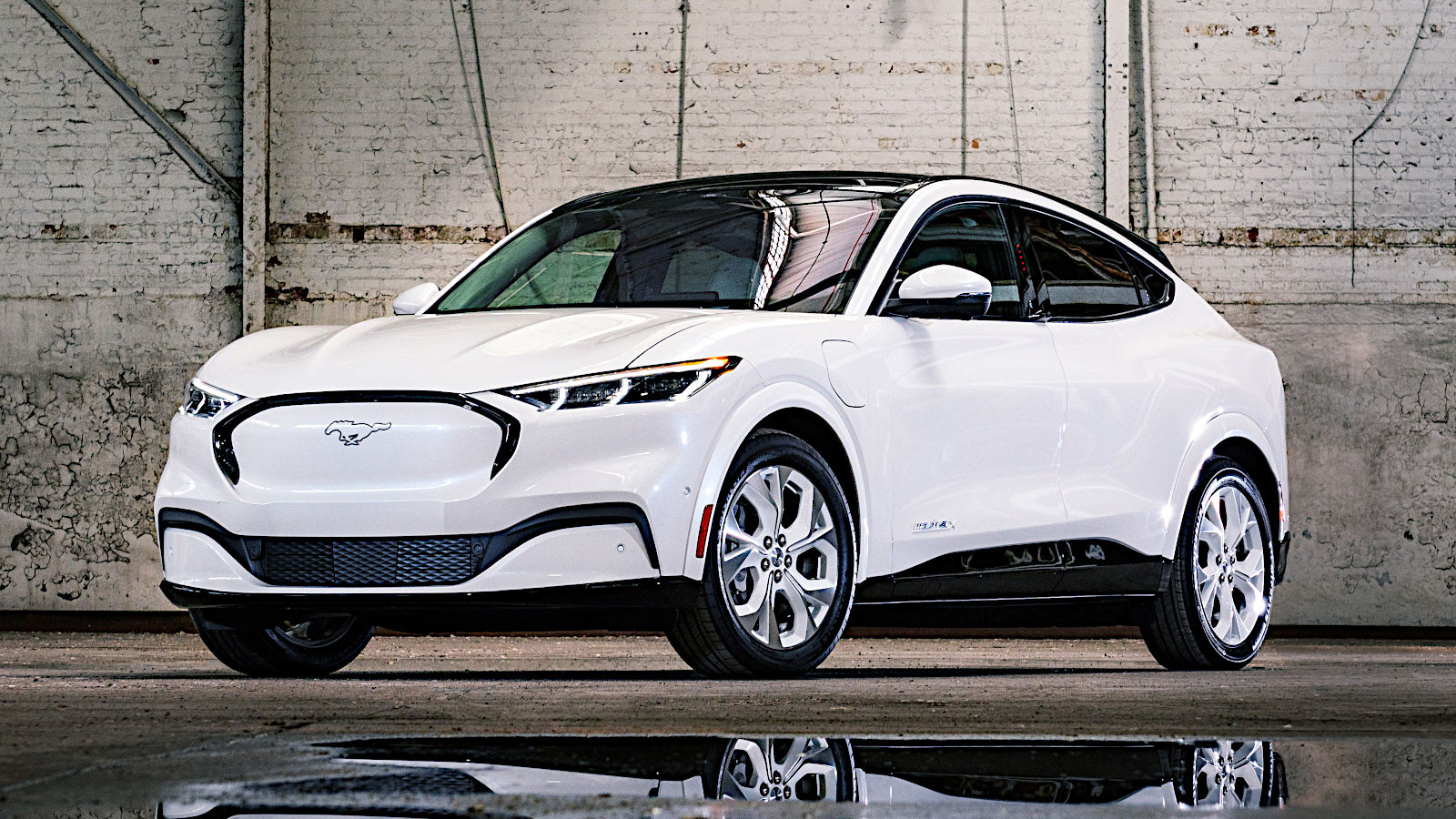 © Ford
© Ford -
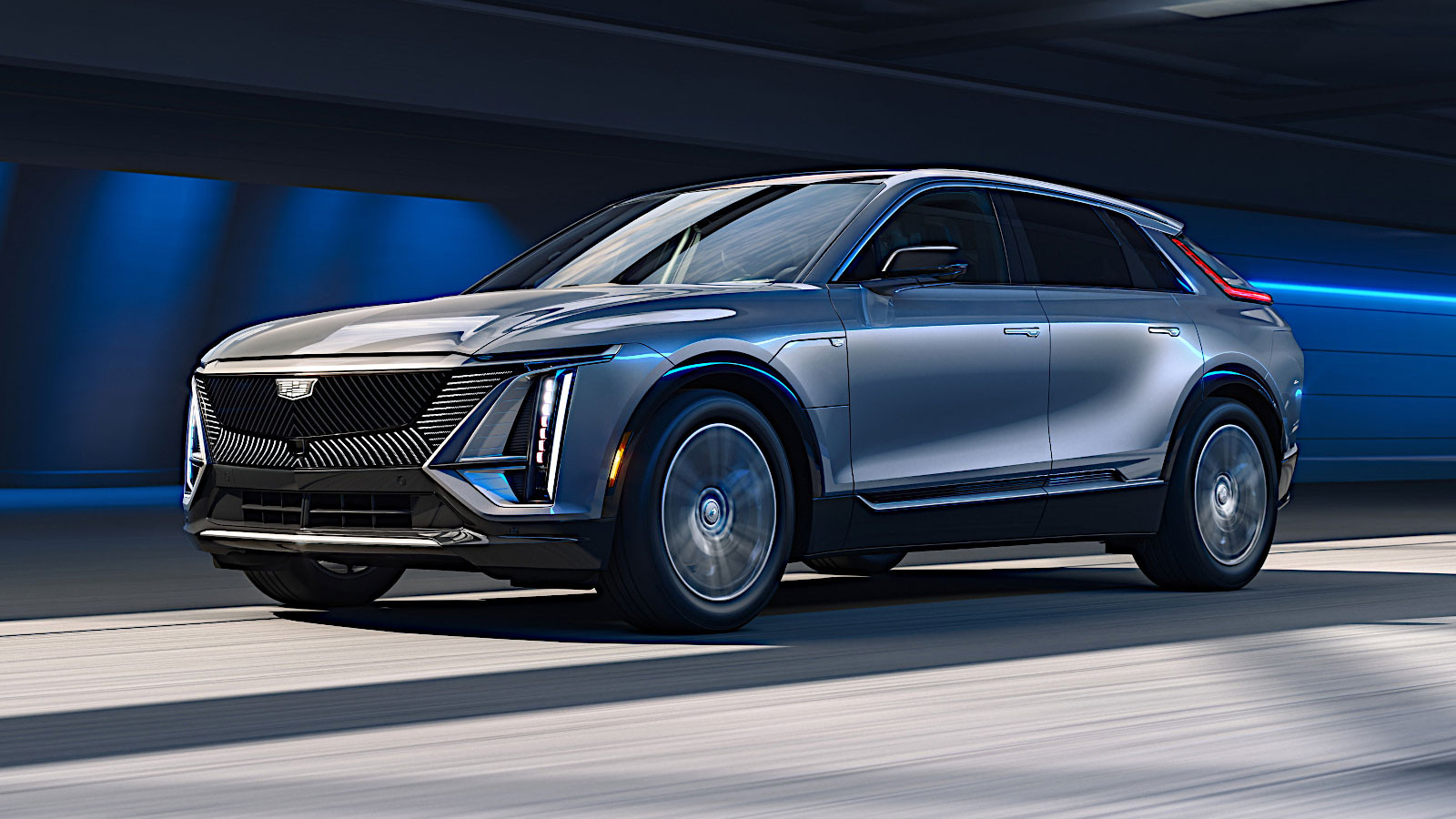 © GM
© GM -
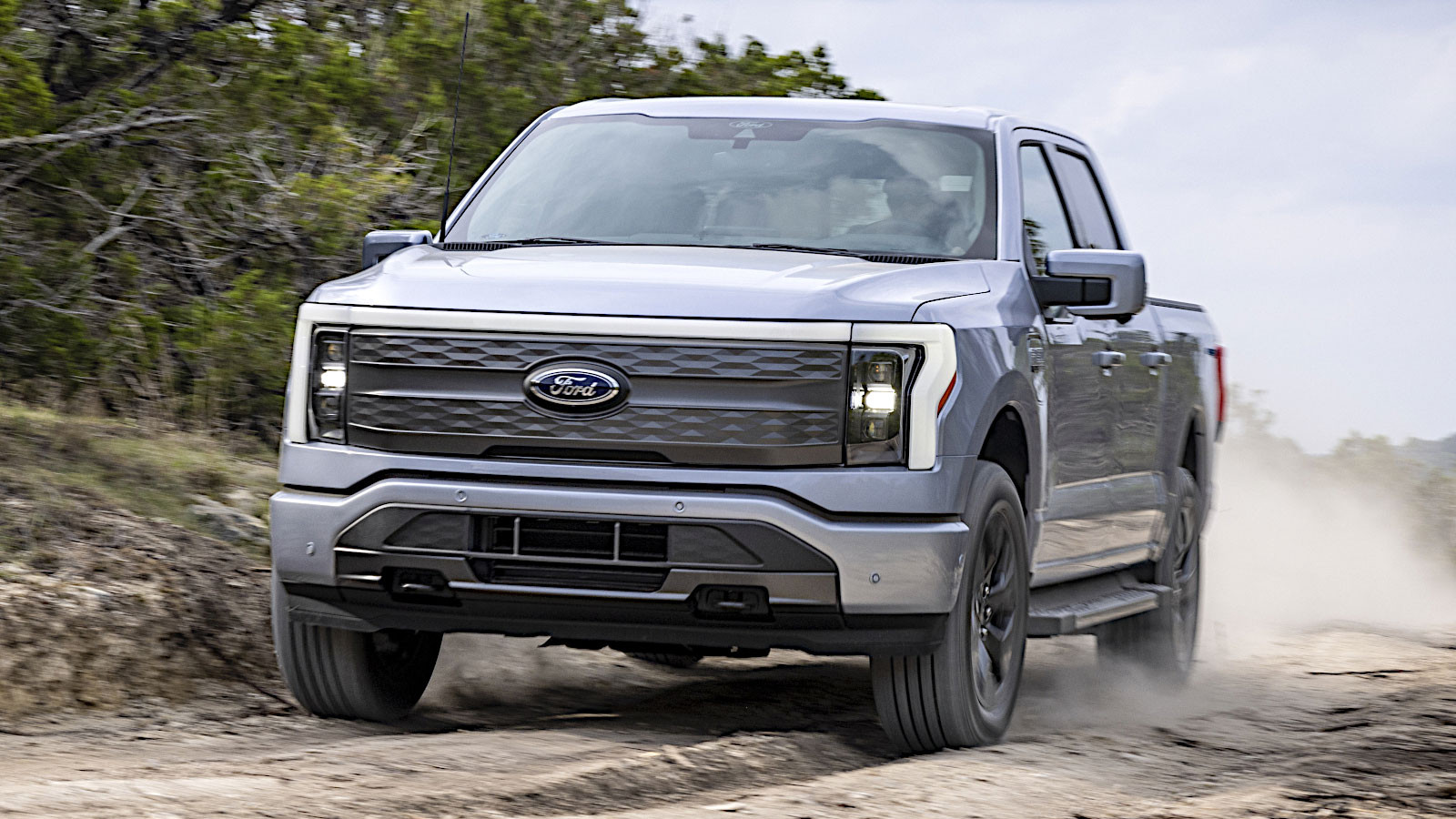 © Ford
© Ford -
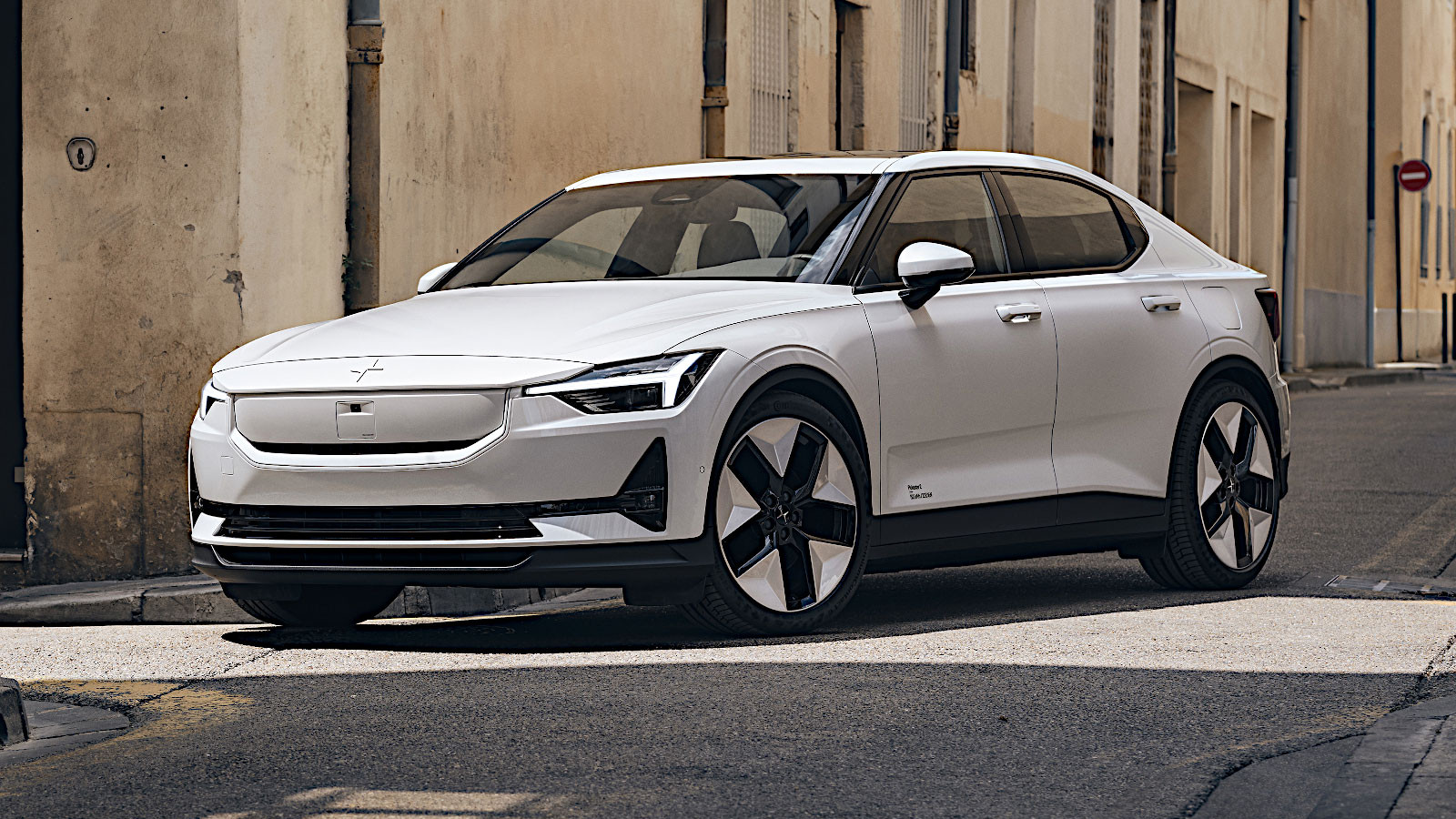 © Polestar
© Polestar -
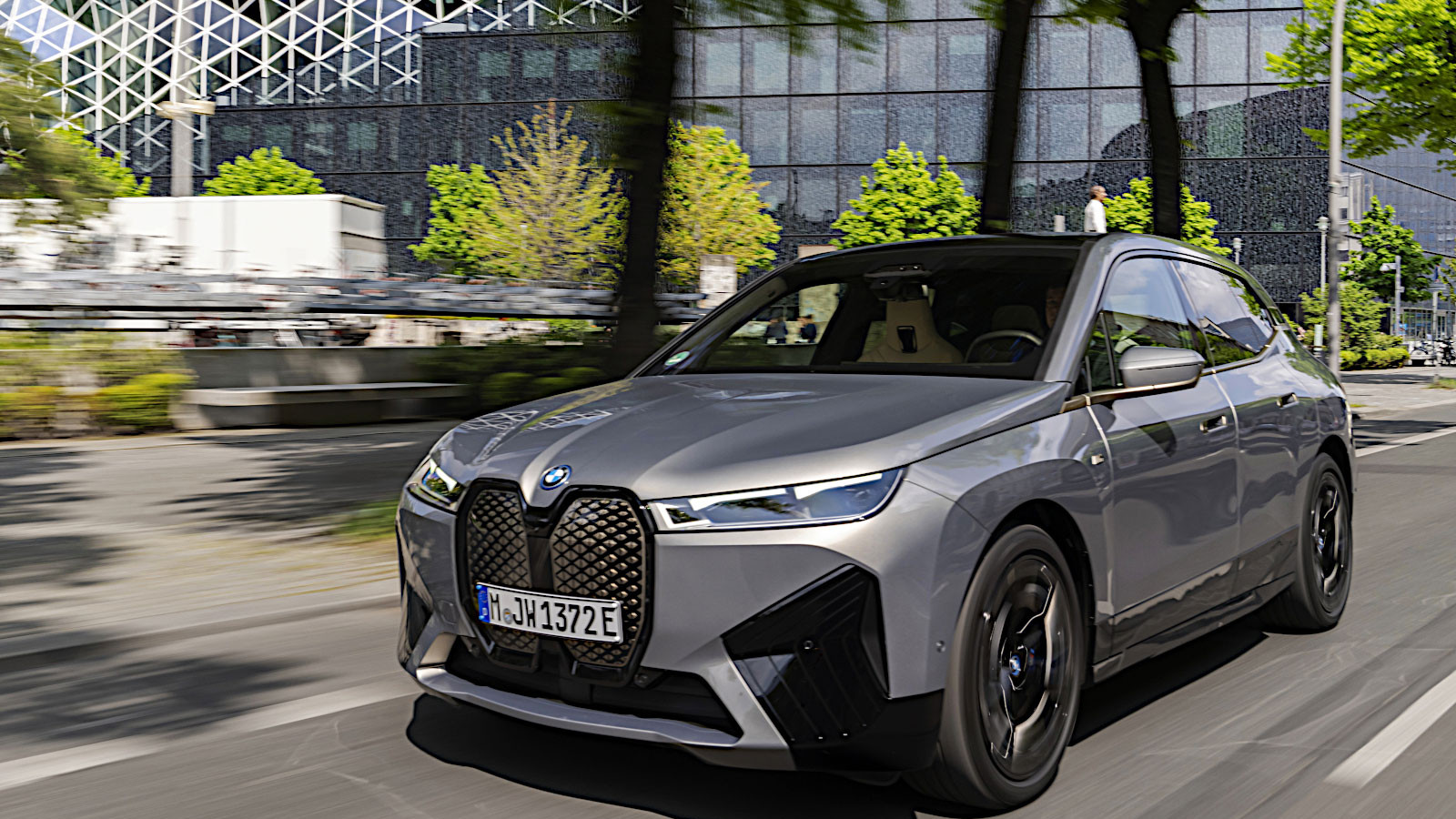 © BMW
© BMW -
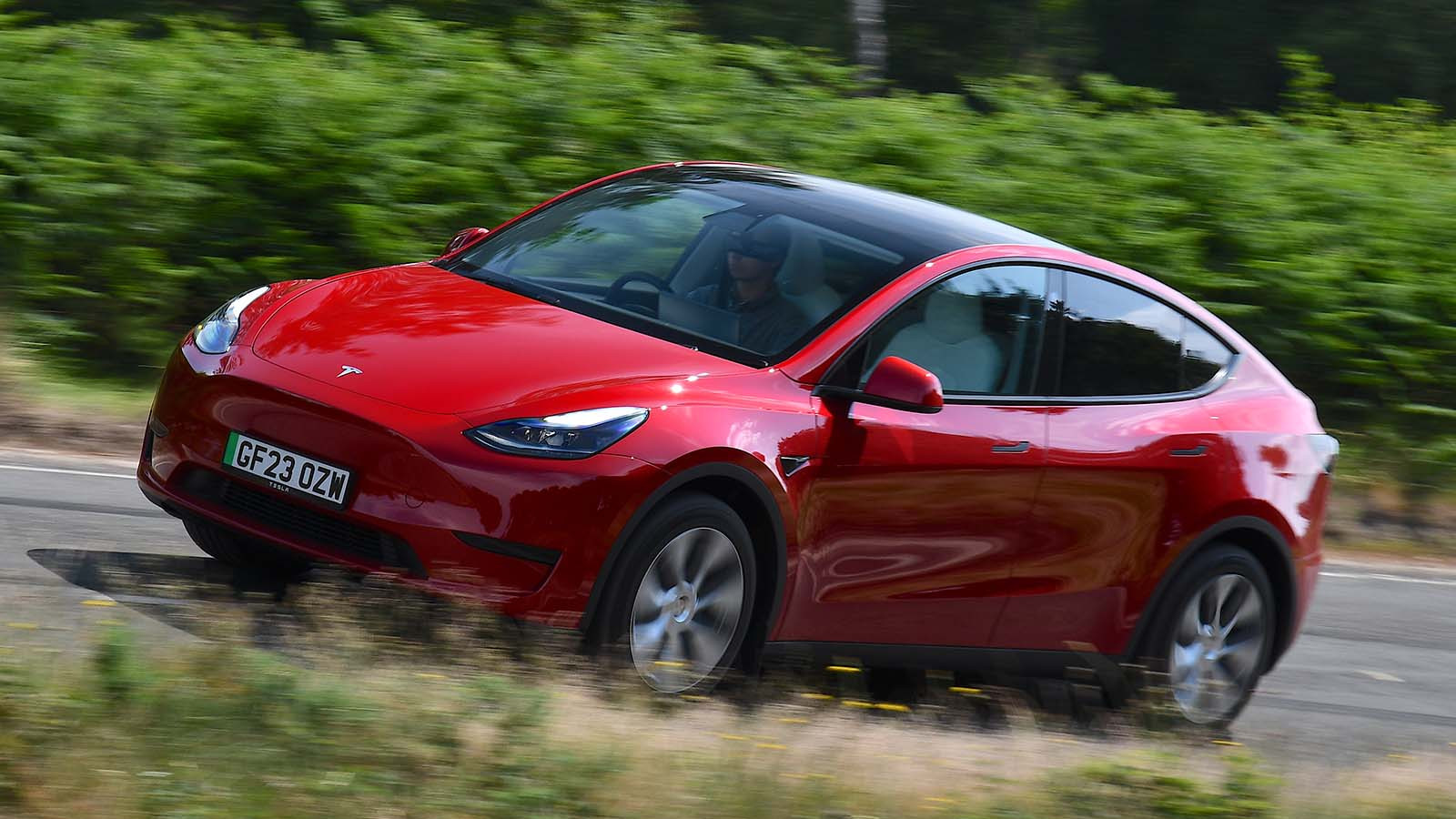 © Haymarket Media
© Haymarket Media -
 © Haymarket Media
© Haymarket Media -
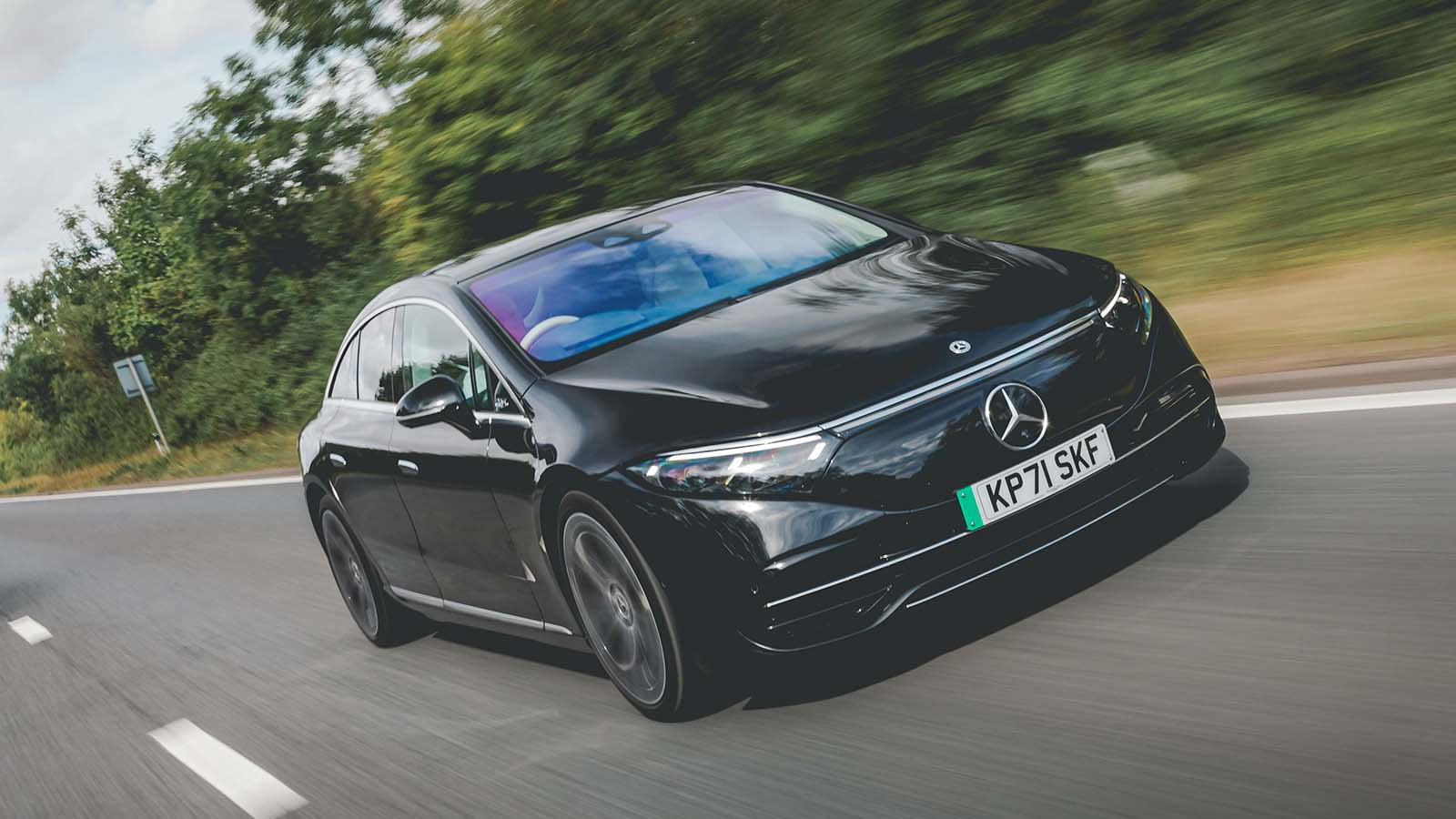 © Haymarket Media
© Haymarket Media -
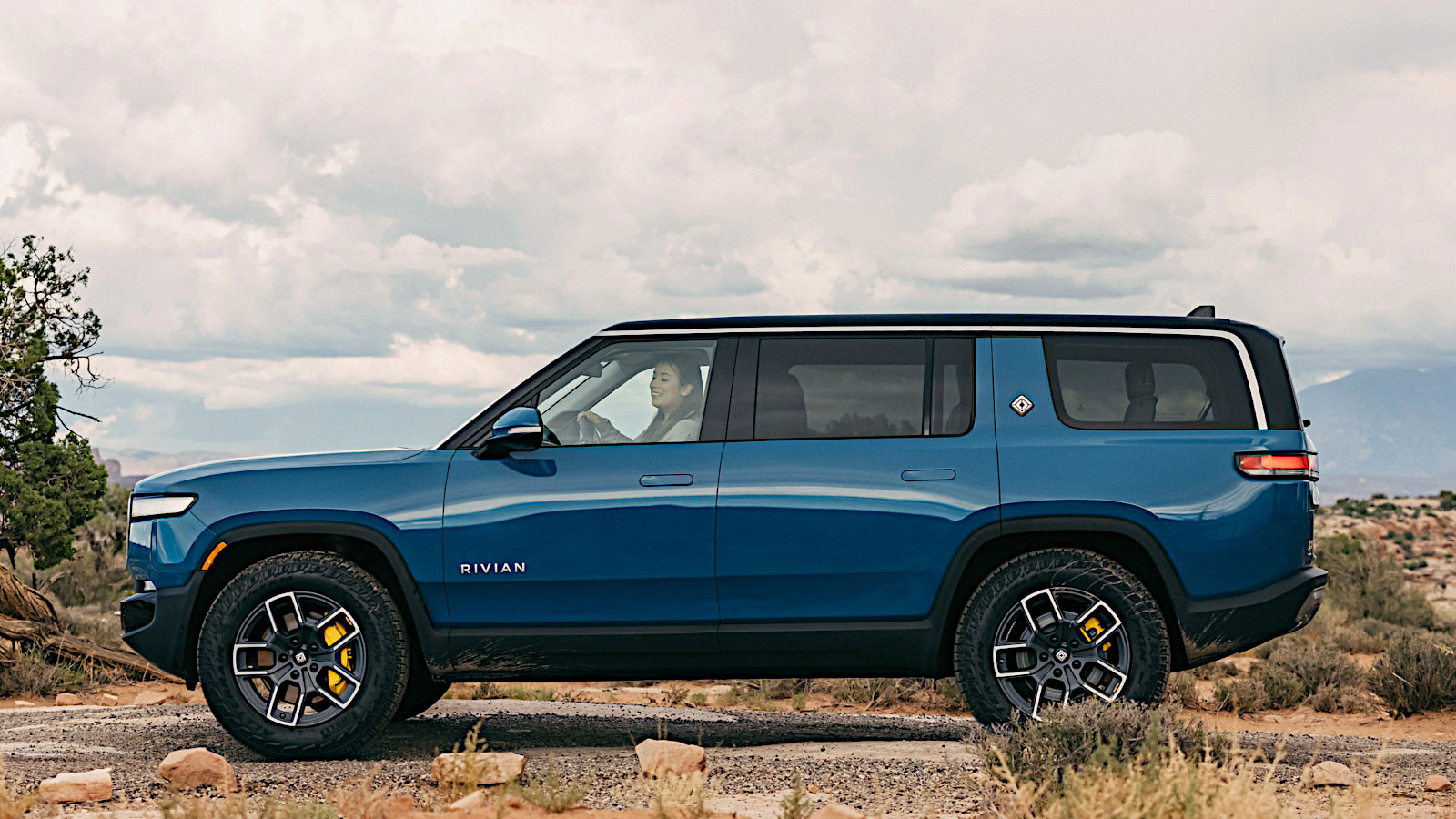 © Rivian
© Rivian -
 © Autocar
© Autocar -
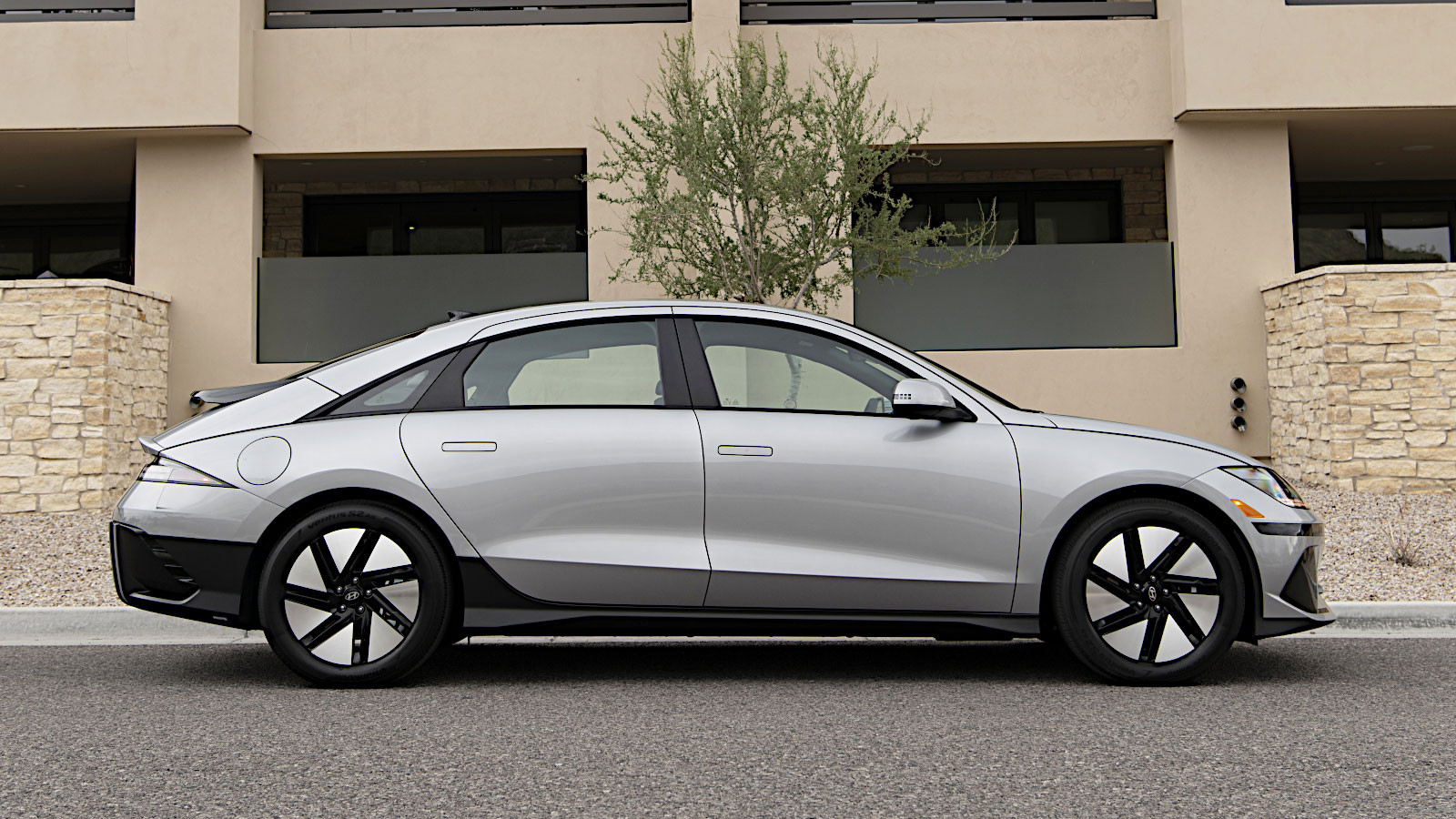 © Hyundai
© Hyundai -
 © Rivian
© Rivian -
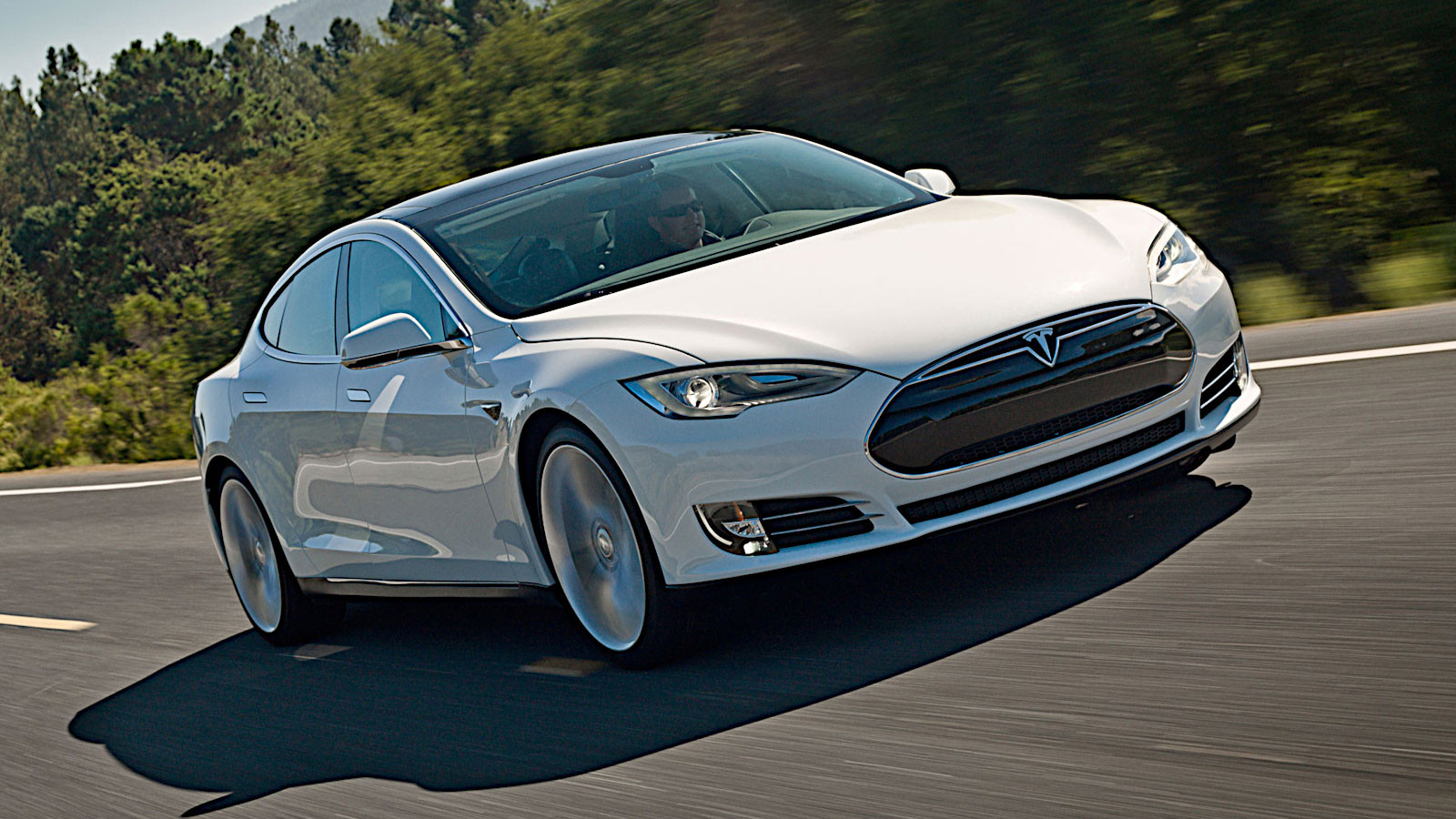 © Tesla
© Tesla -
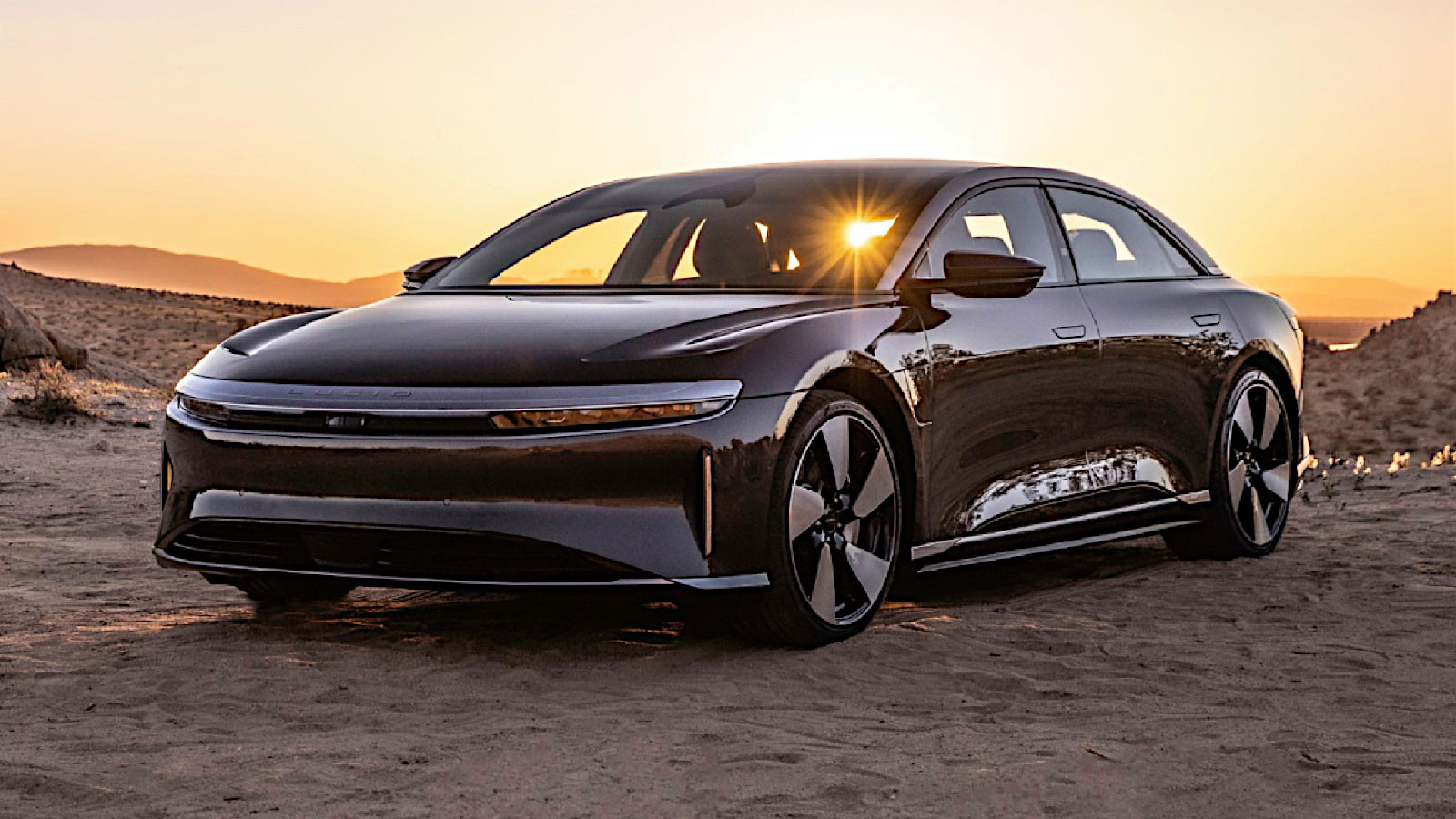 ©
©
-
By the nature of these things, the number of EV models on sale in the United States is bound to change sooner or later, but as of this writing it stands at 42.
We’re listing them all here in ascending order of their maximum ranges, as published by the Environmental Protection Agency in its last update on 1 June 2023. This situation is fluid too, so we’ll point out any apparent discrepancies where necessary.
We’ll also include the base Manufacturer’s Suggested Retail Price (MSRP) which applies to the highest-range version of each model. This omits destination charges and the cost of any accessories, unless an accessory is the reason for the range being as it is.
(Our list does not include the GMC Hummer EV, because reservations are full, or the Lordstown Endurance, because the troubled Lordstown Motors has announced a ‘strategic restructuring process’ which includes a sale process for the vehicle and related assets.)
-
Mazda MX-30: 100 miles
Most criticism of the MX-30 centres on the fact that it has the smallest range of any electric vehicle on sale in the US. According to Mazda, “Considering the typical American drives approximately 30 miles per day, the MX-30 was specifically designed to meet their needs.” This is an old argument which most manufacturers haven’t used for several years, and it’s generally regarded nowadays as unconvincing.
For now, the problem is confined to California, the only state in which the MX-30 is sold. Its base MSRP is $34,110, making it the fifth cheapest EV in the land.
-
MINI Cooper SE: 114 miles
MINI’s single electric model is beaten on price only by two Chevrolets, and on range by everything except the Mazda MX-30. Converted from an existing ICE-powered car rather than developed from scratch as an MPV, it can manage just 114 miles between charges, but that hasn’t prevented it from receiving very positive reviews.
This is largely because the nimble handling of most MINIs has been carried over to this one. For that, along with eliminating the need to visit fuel stations, the company charges a base MSRP of $30,900.
-
Nissan Leaf: 212 miles
Now in its second generation, the Leaf is available in two forms, known as S and SV Plus. The S has a 40kWh battery and a range of 149 miles, which makes it suitable only for shorter journey. The 60kWh battery in the SV Plus increases the range to 212 miles, and also allows Nissan to raise the power output from 147bhp to 214bhp.
Not surprisingly, the SV Plus is also the more expensive of the two, with a base MSRP of $36,060 compared with $28,040 for the S.
-
Lexus RZ 450e: 220 miles
The RZ is the only all-electric Lexus on sale today in the US. Available only in 450e form, it comes in two trim levels called Premium and Luxury. In terms of range, the one to go for is the Premium with 18” wheels, which has a base MSRP of $59,650.
In this form, the Premium is the most affordable RZ, and also the only one with a 220-mile range. With 20” wheels, optional on the Premium and standard on the Luxury, the figure drops to 196 miles.
-
Volvo C40 Recharge: 226 miles
The C40 Recharge is a slightly more expensive derivative of the XC40 SUV, with a more coupe-like appearance. Although single-motor versions are sold elsewhere, in the US it’s available at present only with two motors, one powering each axle and producing a total of 402bhp.
Mechanically, all US-market C40 Recharges are the same as each other, and the range is 226 miles in every case, though a single-motor version officially capable of 297 miles will be introduced in the 2024 model year. Of the three available trim levels – Core, Plus and Ultimate – Core is the cheapest, with a base MSRP of $55,300.
-
Volvo XC40 Recharge: 226 miles
Mechanically identical to the C40 Recharge, the EV version of the XC40 SUV is credited with the same 226-mile range by the EPA, which suggests that its higher roofline isn’t much of a problem in this context. Both cars have the same trim levels, but the XC40 is cheaper – the base MSRP of the Core is $53,550.
Like the C40 Recharge, the XC40 Recharge will be available in the 2024 model year with a single motor as well as with the current two, and its EPA rating is predicted to be as high as 293 miles. However, at the time of writing this version is not yet listed on Volvo’s US website.
At present, the Recharge models are the only Volvo EVs sold in the country, but the new EX30 and EX90 will be along soon, and are available to pre-order now.
-
Subaru Solterra: 228 miles
It’s clear from a brief glance that the Subaru Solterra and the Toyota bZ4X are the result of a collaboration between the two Japanese companies, just as the BRZ and GT86 were a few years ago. The vehicle can be made with either front-wheel drive or all-wheel drive, but for historical reasons Subaru has concentrated on the latter.
This has an unfortunate effect on range, which is why the Solterra appears on this list much earlier than its Toyota equivalent. The 228-mile figure applies to the entry-level Premium, which is available only with 18” wheels and has a base MSRP of $44,995. The Limited and Touring versions, which run on 20s, are rated at 222 miles, and are more expensive.
-
Genesis Electrified GV70: 236 miles
As its name suggests, the Electrified GV70 is simply the EV version of the SUV produced by Hyundai’s luxury brand. The first Genesis built in the US does not appear in the EPA’s online listings, possibly because it didn’t arrive at retailers until March of this year, but its range is widely quoted as being 236 miles.
There is only one trim level, and the base MSRP is $65,850, though it’s worth pointing out that every single paint scheme is an optional extra, mostly costing $575 but in one case priced at $1500. As with the other Genesis EVs we’ll be looking at here, the Electrified GV70 is currently on sale in only 23 of the 50 states due to “extremely limited availability”.
-
Audi e-tron GT: 238 miles
The GT is based on the same platform as the Porsche Taycan. Despite a power output of over 520bhp, it’s more of a grand tourer than a sports car, and has been praised for its ability in that context.
The most criticised feature is its range, which is not regarded as being particularly impressive at 238 miles. This applies to both the entry-level model (named, with amusing ‘where do we go from here?’ irony, as Premium Plus), which has a base MSRP of $104,900, and the more lavishly equipped $111,300 Prestige.
-
Mercedes EQB: 245 miles
The EQB is the all-electric version of the GLB SUV. Media reviews have been lukewarm, though there is praise for the fact that the EQB represents an easy tradition into EVs for owners who have never experienced one before. The EQB 250+ is the least expensive, with a base MSRP of $52,750 in entry-level Premium trim, and has the longest range at 245 miles.
This is the figure quoted by Mercedes on its public website, though some reviewers mention 250 miles. On the EPA website, which does not mention EQBs built later than the 2022 model year, the 250+ isn’t listed at all, since it was introduced in 2023.
-
Jaguar i-Pace: 246 miles
In 2019, the i-Pace became the first and only vehicle to win the overall, Green and Design titles in the World Car of the Year awards (an unrepeatable achievement, since the Green category was dropped the following year).
The i-Pace’s range is rated at 246 miles only if it’s fitted with 20” wheels, of which there are two types available. One is included in the $72,000 base MRP, while the other is an extra-cost option. Either of two further options, both with a diameter of 22”, lower the range to 217 miles.
-
Porsche Taycan: 246 miles
In several corners of the internet you will find references to the Taycan having a range of over 300 miles, but the EPA and Porsche USA websites both quote a top figure of 246 miles for the GTS sedan version, which has a base MSRP of $139,300.
Porsche also reports a 282-mile range for a 2021 Taycan with Performance Battery Plus, but that comes from the independent Californian automotive research firm AMCI Testing, and is not directly comparable with the EPA result.
-
Chevrolet Bolt EUV: 247 miles
The Bolt EUV was introduced in the 2022 model year as a slightly larger alternative to the existing Bolt EV, with which it shares the GM BEV2 platform but no body panels. It’s slightly heavier than the EV, and its range is correspondingly lower at 247 miles.
It’s also more expensive, partly because there’s more of it and partly because Chevrolet lowered the specification of the EV to differentiate the two models. Nevertheless, with a base MSRP of $27,800 in entry-level 1LT trim, the Bolt EUV is the second cheapest electric car sold in the US at present.
-
Genesis GV60: 248 miles
Unlike the Electrified GV70 mentioned earlier, the GV60 was designed from the start as an EV. It’s the first Genesis to be based on the Electric Global Modular Platform (E-GMP) and the third vehicle of any kind after the Ioniq 5 and EV6 produced by companion brands Hyundai and Kia. Reviewers have praised its high power output, which in some cases is well over 400bhp.
For maximum range, though, you have to settle for the 314bhp offered by the Advanced version, which has one motor rather than the two provided in the Performance. Base MSRP is $59,290, assuming you choose Alta White or Sao Paulo Lime paintwork, since all the others add to the cost.
-
Toyota bZ4X: 252 miles
As previously stated, the bZ4X is basically the same as the Subaru Solterra, with the exception that the Subaru is available only with all-wheel drive, while Toyota offers front-wheel drive as an alternative.
It’s therefore possible to spend less money on a bZ4X and receive more range in return than is possible with the Solterra. The front-wheel drive version is the XLE, which has a base MSRP of $42,000 and can last for 252 miles between charges according to the EPA. Equivalent figures for the all-wheel drive Limited are $46,700 and 242 miles.
-
Kia Niro EV: 253 miles
All versions of the second-generation Niro are electrified in some way, two of the options being regular hybrid and plug-in hybrid. The 2022 Niro EV had a range of 239 miles, but this was raised to 253 miles for the 2023 model year as part of an upgrade which also included faster charging.
The figure applies to both the Niro EV Wind and the more expensive Wave. Base MSRP for the former is $39,950.
-
Hyundai Kona Electric: 258 miles
Like partner company Kia’s Niro, the Kona is not solely an EV, but is also available either with a petrol engine or as a hybrid. Both are compact crossovers, and are very nearly the same height, but the Hyundai is slightly narrower and significantly shorter. Not surprisingly, the Kona is also cheaper, with a base MSRP of $33,550 for the entry-level SE, and its range is a little better at 258 miles.
All of the above applies to the 2023 Kona Electric, which is still on sale. It will be replaced this autumn by the second-generation model, closer in size to the Niro. Hyundai quotes a marginally improved range of 260 miles based on its own preliminary tests, but no official figure has yet been released.
-
Chevrolet Bolt EV
Chevrolet describes the Bolt as “America’s most affordable EV”, and with good reason. With a base MSRP of just $26,500 in the lower of two trim levels, called 1LT, it costs less than any other electric car on the market, and under half as much as the majority of them. Reviews tend to mention that it feels cheap and doesn’t have much equipment, but given the price that’s hardly surprising.
In terms of range, it’s close to the mid point, sitting in 18th position out of 42. This also applies to the better-equipped 2LT, which is priced to start at $30,695.
-
Audi Q4 e-tron: 265 miles
Audi’s compact crossover is one of several models built on the Volkswagen Group’s EV-specific MEB platform. The 265-mile range is available in the regular, non-Sportback, single-motor, 40 e-tron, whose base MSRP in entry-level Premium form is $49,800, rising to $56,000 for the Premium Plus.
The Q4 e-tron has been well received by the US media, but there are concerns that its range is significantly shorter than that of two important rivals, namely the current Tesla Model Y and the upcoming single-motor Volvo XC40 Recharge.
-
Volkswagen ID 4: 275 miles
Although the ID 3 is due in the fourth quarter of 2023, followed next year by the ID Buzz, the only all-electric Volkswagen on sale in the US today is the ID 4 compact SUV. Reviewers occasionally complain that it’s not very exciting, but excitement isn’t necessary high up on a potential buyer’s list of priorities.
There is also criticism about lack of range in the cheapest model, which has an EPA rating of barely more than 200 miles. This isn’t a problem in the case of the rear-wheel drive ID.4 Pro, which is the second cheapest model in the line-up, with a base MSRP of $43,995, and is rated at 275 miles.
-
Genesis Electrified G80: 282 miles
Of the three Genesis EVs on sale in the US, the electric version of the G80 is both the most expensive and, at 282 miles according to the EPA, the one with the longest range. Being based on a car originally intended to have a conventional powertrain, it doesn’t look like most other EVs, which is regarded as a plus point in some quarters, though there is some criticism that the battery pack takes up space normally used for luggage and rear passengers.
Assuming you can find one (availability, as we said before, is “extremely limited”, and zero in all but 23 states), the Electrified G80 has a base MSRP of $79,825, to which you have to add the cost of paint, since all colours are optional.
-
Audi Q8 e-tron: 300 miles
The Q8 e-tron is not listed on the EPA website because the Q8 part of its name is a recent addition, introduced for the 2024 model year. Under its former identity as the 2023 Audi e-tron, its range was in the low 200s at best, but Audi reports EPA ratings of up to 300 miles for the revised vehicle, at least in its more aerodynamic Sportback form.
Base MSRP for the Sportback Premium is $77,800. The equivalent price for the non-Sportback Premium is $74,400, which has a range of 285 miles.
-
BMW i4: 301 miles
Although there are some question marks over the driving experience, the i4 has generally found favour with American critics. If range is the number one priority, the version to go for is the eDrive40, which has an EPA figure of 301 miles if, and only if, it’s fitted with 18” wheels. Opting for 19s instead brings the range down to 282 miles.
The base MSRP is $57,300. You can spend less than that by going for the eDrive35 instead, but it has a less energy-intensive battery pack, and therefore lags behind the eDrive40 in both range and performance.
-
Hyundai Ioniq 5: 303 miles
In 2022, the Ioniq 5 matched the feat achieved three years earlier by the Jaguar i-Pace in winning three titles – overall, Design and Electric – in the World Car of the Year awards, just as the very different Ioniq 6 did a year later.
There are several combinations of trim level, battery pack and number of motors. The 303-mile figure shown above refers to an Ioniq 5 with the larger battery pack and a single 225bhp motor driving the rear wheels. In SE trim, this has a base MSRP of $45,500. The standard pack reduces the cost, and the twin-motor set-up has a combined output of 320bhp, but in those cases the range drops to 220 and 266 miles respectively.
-
Nissan Ariya: 304 miles
Nissan’s first all-electric crossover SUV was launched in the US during the start of the 2023 model year. It’s available with either front-wheel drive or an all-wheel drive system called e-4ORCE. If maximum range is a priority, the latter should be avoided, since the highest EPA rating of any Ariya fitted with it is 272 miles.
The figure rises to 304 miles in one case only – that of the front-wheel drive Venture+, which has a base MSRP of $47,190. The entry-level Engage, whose battery pack has a total capacity of 66kWh rather than the 91kWh common elsewhere in the line-up, is cheaper but can manage only 216 miles, while the other FWD versions are heavier, and limited to 289 miles.
-
Mercedes EQS SUV: 305 miles
Derived from the EQS luxury sedan, the EQS SUV is the first of the Mercedes all-electric EQ models to be built in the US – specifically the plant in Tuscaloosa, Alabama which has been operating since 1997. Being considerably taller, and therefore less aerodynamic, than its sedan equivalent, it naturally has an inferior range, but the maximum available 305 miles puts it well into the top half of EVs sold in the country.
This figure applies only to the 450+, which has an advantage over the 450+ 4Matic and the 580 4Matic in that it’s powered by one motor driving the rear wheels, rather than two motors driving all four. In the Premium trim level, it’s also the most affordable version, with a base MSRP of $104,400.
-
BMW i7: 308 miles
According to the EPA website, the i7 with the biggest range used to be the xDrive 60 with 18” wheels, which it believed could be driven for 318 miles between charges. Those wheels are no longer available, presumably because nobody wanted them, so but the car can do 308 miles on 21s, which – oddly – is 12 miles more than it’s capable of on 20s. Base MSRP in any of the three trim levels is $119,300, but you have to pay an extra $1300 for the larger wheels.
All i7s so far have had two motors, but the upcoming eDrive 50 will have just one, pushing 449bhp to the rear axle. The base price has been confirmed as $105,700, but BMW has not yet announced details of the car’s range.
-
Kia EV6: 310 miles
Despite some criticism about a lack of luggage space, the EV6 has been warmly received by American reviewers. With a 77.4kWh battery pack (as opposed to the 58.0kWh pack fitted to the entry-level Light) and rear- rather than all-wheel drive, it has a range of 310 miles, accessed most cheaply by choosing the Wind trim level with its $48,700 base MSRP.
The EV6 GT, whose range has not yet been confirmed, is the current World Performance Car of the Year. Like the EV9 electric three-row SUV, it’s scheduled to go on sale in the final quarter of 2023.
-
Ford Mustang Mach-E: 312 miles
The California Route 1 version of the Mustang Mach-E was initially available with both rear-wheel drive and all-wheel drive, but lack of customer interest in the former persuaded Ford to abandon it. Even with power going to every available wheel, though, this is still the Mach-E with the highest range, at 312 miles. Its combination of 18” wheels and an extended-range battery pack is unique in the line-up, and it can travel further between charges than any of its stablemates – even the RWD ones – with 19” wheels. There is a lesson here for us all.
In January 2023, Ford lowered the price of every Mach-E. The largest drop was applied to the California Route 1, whose base MSRP fell by $5580 from $63,575 to $57,995.
-
Cadillac Lyriq: 314 miles
The Lyriq is the first vehicle based on the General Motors BEV3 platform, and the first (and so far only) all-electric Cadillac since the brand was established in 1902, though the total is expected to reach five within the next two years.
The best EPA rating for the 2023 Lyriq was 312 miles. This assumed rear-wheel drive, though the all-wheel drive version was surprisingly close at 307 miles. According to Cadillac, the RWD Lyriq is now rated at 314 miles. A Lyriq of this type in the Tech trim level has a base MSRP of $57,195.
-
Ford F-150 Lightning: 320 miles
The Lightning is the electric version of the best-selling passenger vehicle on the US market, though Ford has struggled to build enough examples to meet demand. Its range is rated at 320 miles if it’s fitted with a 131kWh battery pack, which is unavailable on the Pro, an option on the XLT and Lariat and standard on the Platinum (though we can ignore the Platinum because in that case the range is 300 miles).
In terms of miles per buck, the extended-range XLT is the one to go for, because it has the lowest base MSRP of the versions we’re considering here at $78,874. For comparison, this is higher than the starting price of any fossil-fuelled F-150 except the range-topping Limited, though of course its running costs will be very much lower.
-
Polestar 2: 320 miles
The only model from Volvo’s EV-specific brand currently on sale in the US is the Polestar 2, though the 3 SUV is expected to arrive in the fourth quarter of 2023, followed in 2024 by the 4 SUV coupe.
In the current model year, the single-motor version of the 2 has a range of 270 miles, but this has been increased to 320 miles for the 2024 car, which is also more powerful. Deliveries are due to start in August according to the press office or September according to the Polestar website, but either way the car is available to order now, with a base MSRP of $49,990.
-
BMW iX: 324 miles
The latest ratings for the iX on the EPA website show that the version with the highest range is the xDrive50 fitted with 20” wheels (21s and 22s produce slightly inferior results, as expected). We’re using its 324-mile figure here, but on the BMW website every xDrive50, regardless of wheel size, is credited with a range of 307 miles. This seems unlikely, and has caused consternation on BMW forums.
Whatever the true situation might actually be, it’s an unarguable fact that the base MSRP for the iX, at least as of this writing, is $87,100.
-
Tesla Model Y: 330 miles
The Model Y is based on the Model 3, but it’s a crossover SUV rather than a sedan. Of the three versions available the middle one is the best choice if you intend to cover extensive distances on a regular basis.
The clue here is that it’s called Long Range. It has a more suitable battery pack than the standard model (which also improves the 0-60mph slightly), while the Performance is significantly more powerful and runs on 21” wheels. The starting price for the Long Range is $50,490.
-
Tesla Model 3: 333 miles
In the 2021 model year, the Tesla Model 3 Long Range was given an EPA rating of 353 miles, which rose to 358 miles for 2022 and 2023. Tesla itself reports that the current version of the same car has a considerably shorter range of 333 miles.
This is only around 1% better than the Model Y, which is curious since its superior aerodynamics suggest there should be a bigger difference. Less surprisingly, the Model 3 is appreciably cheaper, with a base MSRP of $47,240.
-
Mercedes EQS: 340 miles
The EQS sedan situation is broadly similar to that of the EQS SUV mentioned earlier. In both cases, the single-motor 450+ variant has the best range, though the lower and more aerodynamic sedan can travel 35 miles further according to the official rating.
Base MSRP for the 450+ Premium is the same regardless of body style, at $104,400.
-
Rivian R1S: 340 miles
The R1S is a full-size SUV widely praised for its off-road ability and, particularly in 835bhp four-motor form, its startling straightline performance. The highest range quoted by the EPA is 321 miles, but his information has been overtaken by events.
With a standard battery, the range is quoted as being 260 miles. With the Large Pack, which adds $6000 to the $78,000 starting price, it increases to 340 miles. Rivian has developed a Max Pack which raises the figure still further to 390 miles, but at the time of writing it’s not yet available.
-
Tesla Model X: 348 miles
The larger – and, by a factor of nearly two, the more expensive – of Tesla’s crossover SUVs is also the one with the greater range. Even the dramatically fast three-motor Plaid version of the Model X, which can reportedly accelerate from 0-60mph in just 2.5 seconds, has an EPA rating of 333 miles, the same as the Model 3 and only three more than the best Model Y.
With just two motors, which raises the 0-60mph time to a still thought-provoking 3.8 seconds, the range is 348 miles. In this form, the Model X has a base MSRP of $98,490.
-
Hyundai Ioniq 6: 361 miles
As explained previously, Hyundai is the second manufacturer to win three World Car of the Year awards at the same time, and the only one so far to do so in consecutive years, first with the Ioniq 5 and, in 2023, with the Ioniq 6. The headline range figure applies to the rear-wheel drive version with a 77.4kWh battery system and 18” wheels. All-wheel drive has a dramatic effect on the range, but less so than switching to 20” wheels – an AWD on 18s (316 miles) should last longer on a single charge than a RWD on 20s (305 miles).
The 361-mile car has a base MSRP of $47,700. The entry-level SE is somewhat cheaper, at $45,500, but its 53.0kWh battery pack means that its range is only 240 miles.
-
Rivian R1T: 400 miles
The R1T is a large pickup truck technically similar to the R1S SUV mentioned earlier. One significant difference is that the Max Pack battery which seems at present to be unavailable on the other model can be ordered with this one, though only on two-motor versions.
Shorter but heavier than the R1S (and, according to at least one source, more enjoyable to drive), the R1T is also cheaper, with a starting price of $73,000, and has greater range. With the Max Pack, this is a remarkable 400 miles, but you have to pay an extra $16,000 for that.
-
Tesla Model S: 405 miles
The Model S is the oldest of Tesla’s current cars, having gone into production a little over a decade ago. The three-motor Plaid has an output of 1020bhp and isn’t at first sight the one you would pick for range, though in fact it has an impressive EPA figure of 396 miles.
It’s beaten in this area, though, by the regular two-motor version, which is rated at 405 miles. The base MSRP is $88,490, exactly $20,000 less than the Plaid, so if you’re disappointed that it takes 3.1 seconds to accelerate from 0-60mph rather than 1.99, you can at least console yourself that you’ve saved a bit of money.
-
Lucid Air: 469 miles
The astonishingly capable Air (named World Luxury Car for 2023) is Lucid’s first model, and will remain the only one until the introduction of the Gravity SUV in 2024. Some Airs have had ranges in excess of 500 miles – for example, the EPA reports 516 miles for the 2023 Grand Touring.
However, you won’t see that figure on the Lucid Motors website today. The Grand Touring mentioned above rode on 19” wheels, but those are no longer available. The current version, which has a base MSRP of $138,000, comes as standard with 20s, and its range is 47 miles lower at 469 miles.
BY DAVID FINLAY
